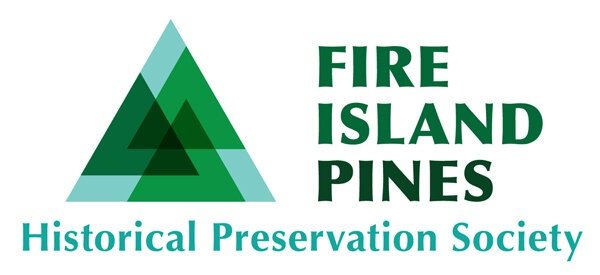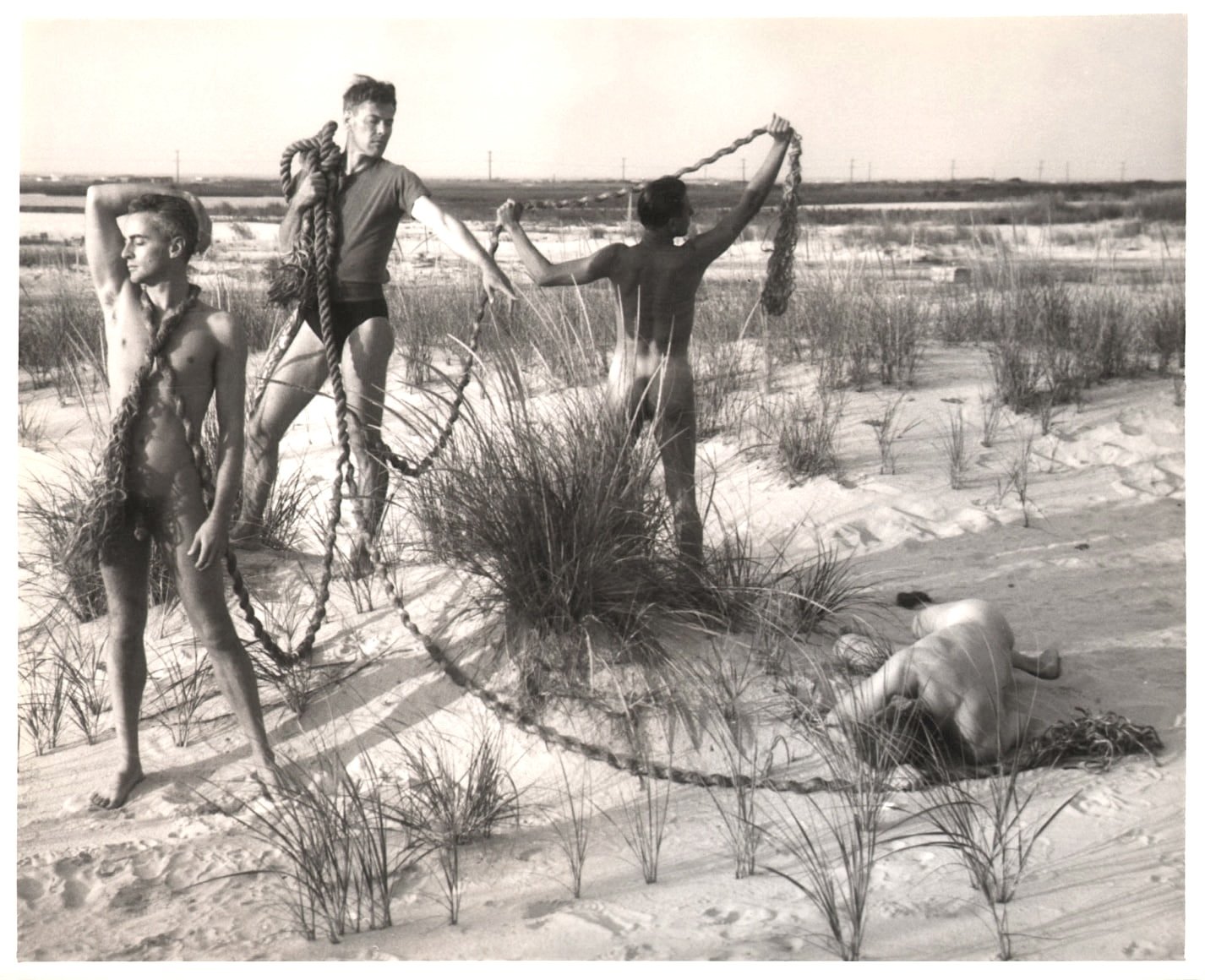The Fire Island Muses of George Platt Lynes & the PaJaMa collective
George Platt Lynes, Glenway Wescott, Paul Cadmus, Jared French Fire Island ca. 1940
During summer months from the late 1930’s through the early 1950’s, artists Paul Cadmus, Jared French, and his wife Margaret Hoening French would spend time painting and taking photographs on Fire Island. They passed Margaret’s Leica camera around, taking turns as subject and auteur. Usually nude or donning simple costumes, they would also use found objects as props to create stark, surreal and/or erotic images. Some of the photos were used as reference work for the paintings they were creating. This collaborative authorship was reflected in the umbrella name they chose for this work, utilizing the first two letters of their first names: PaJaMa.
Paul Cadmus, Glenway Wescott, George Platt Lynes Fire Island ca. 1940
The dynamic was complicated: Paul and Jared were lovers – a relationship that continued during Jared and Margaret's marriage. All three lived and worked in a townhouse at 5 St. Lukes Place in Greenwich Village. Artist George Tooker later became a 4th member of the collective while he was in a relationship with Paul from 1944-49.
Visiting the PaJaMa collective on Fire Island at various times were fellow artists George Platt Lynes and Bernard Perlin, impresario Lincoln Kirstein, and a parade of friends and lovers, performers and literary types from their New York social scene. They were almost exclusively attractive young gay men who served as models and muses for the artists. Here we look at 10 of these Muses - captured in their prime by the artists on Fire Island.
George Platt Lynes & Chuck Howard, Fire Island ca. 1950
Jose Martinez
Jose "Pete" Martinez was a ballet dancer who caught the eye of Lincoln Kirstein. In David Leddick’s book Intimate Companions, Martinez is described as “a droll and witty young man… Those who knew the two men in the 1930’s said he was capable of endlessly amusing his lover, and that of all the men in his life, Martinez was the man that Kirstein most likely loved the most...Martinez was handsome, and many artists painted, drew and photographed him.“
Although he appeared in many pre-war Fire Island PaJaMa photos, the best known image of Martinez is a George Platt Lynes studio portrait with the dancer perched in a window wearing just a floppy straw hat. You can read more about him here: http://brianferrarinyc.com/2023/01/13/artists-muse-jose-pete-martinez/
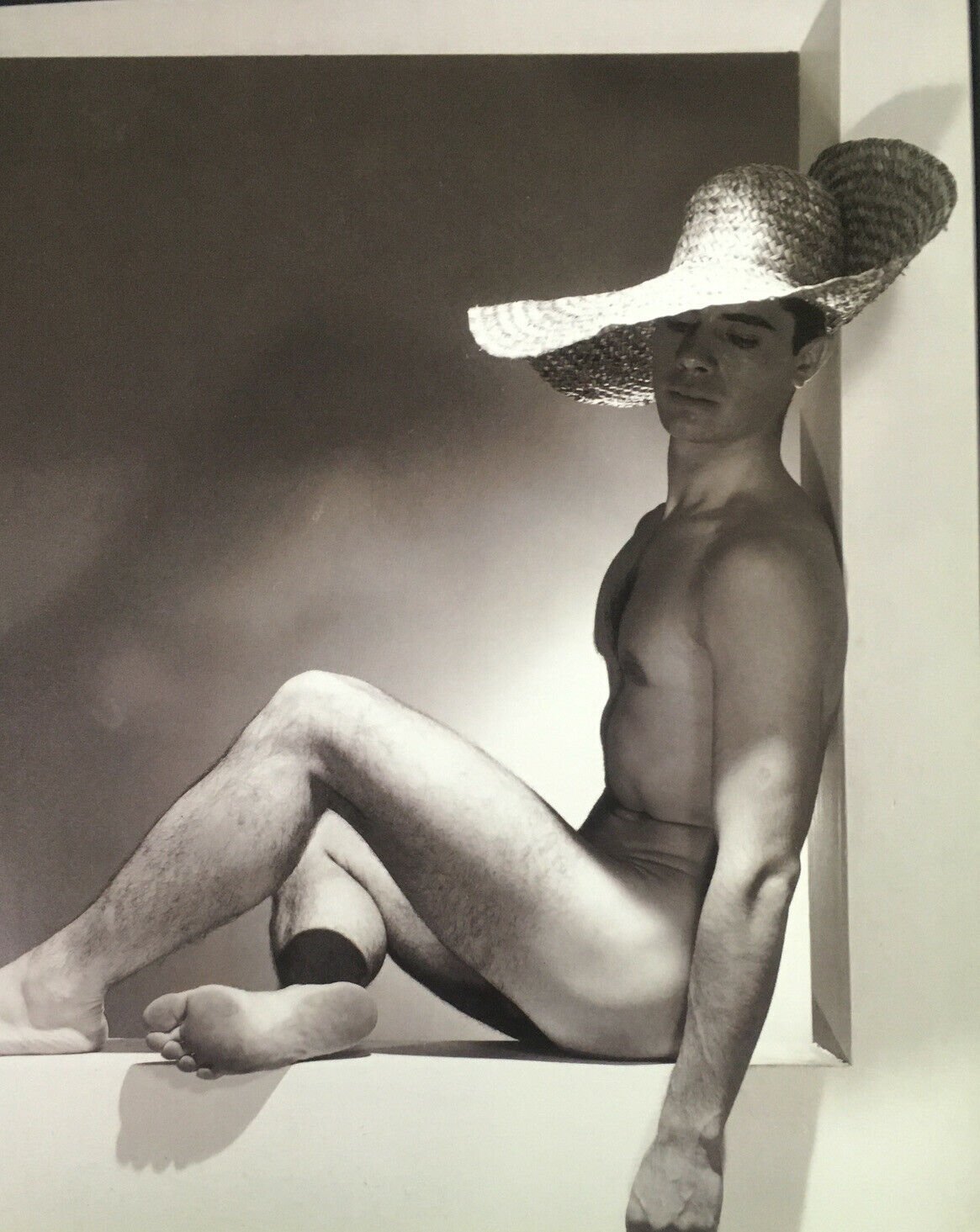
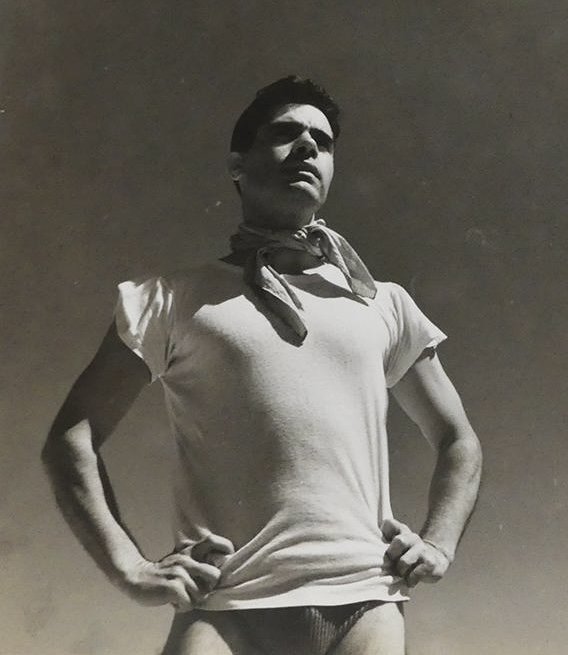
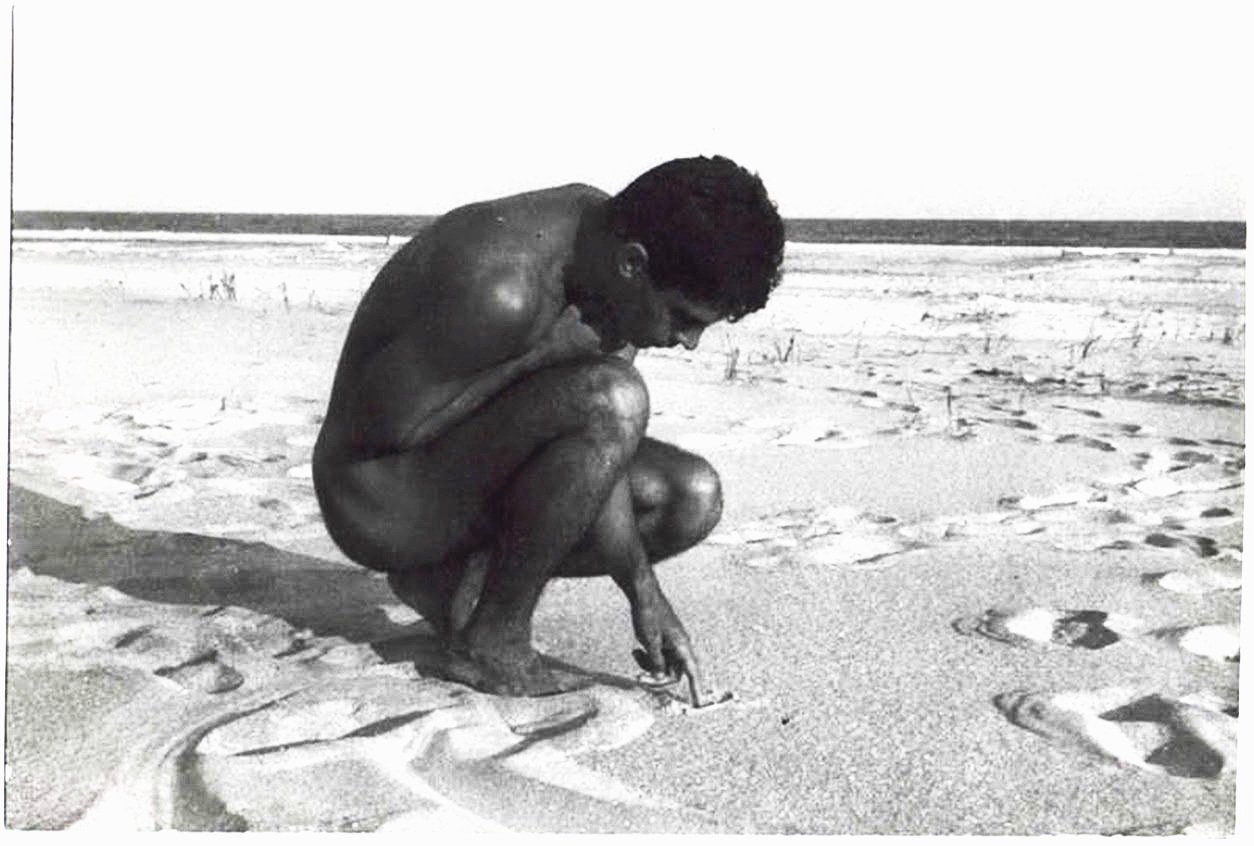
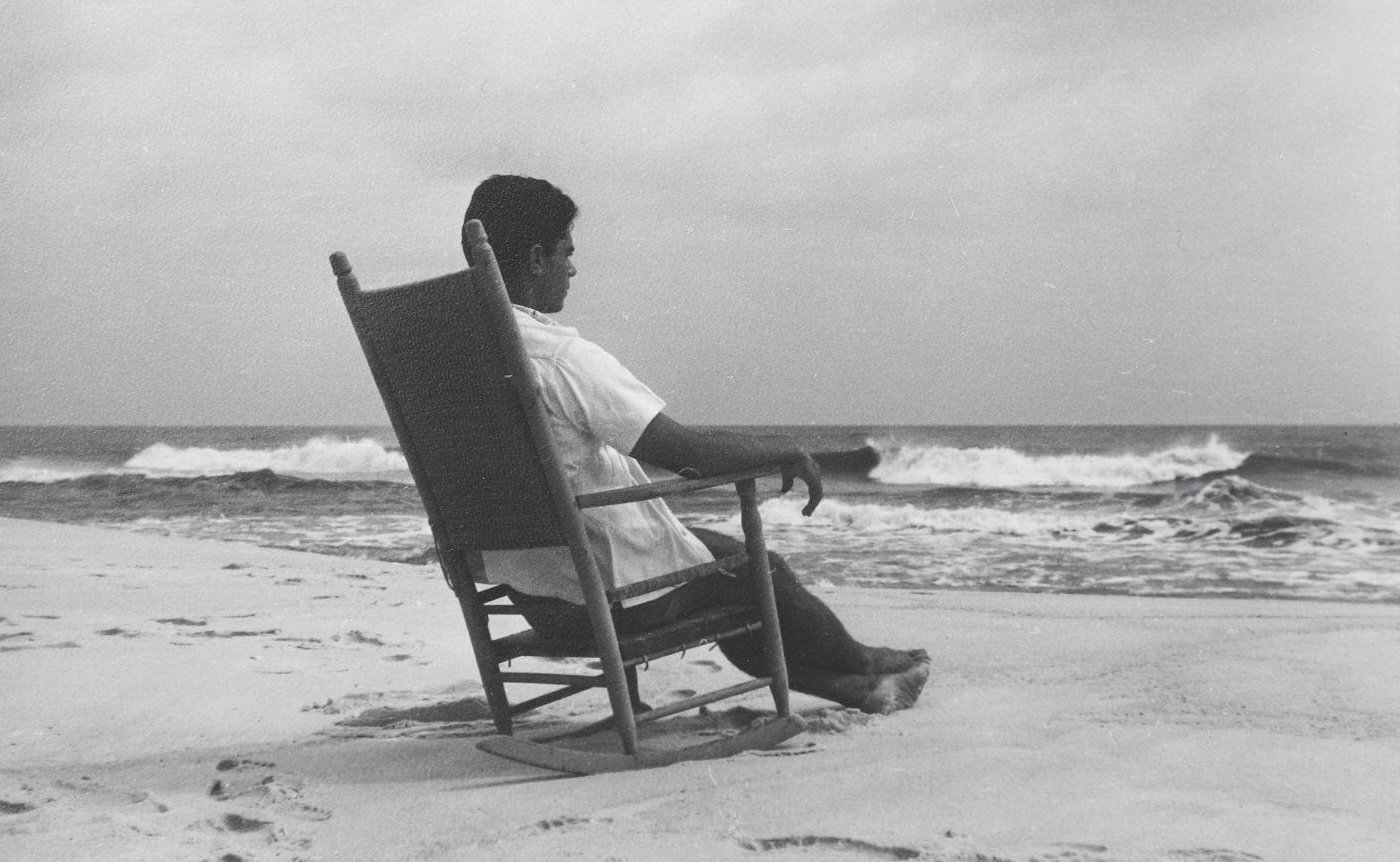
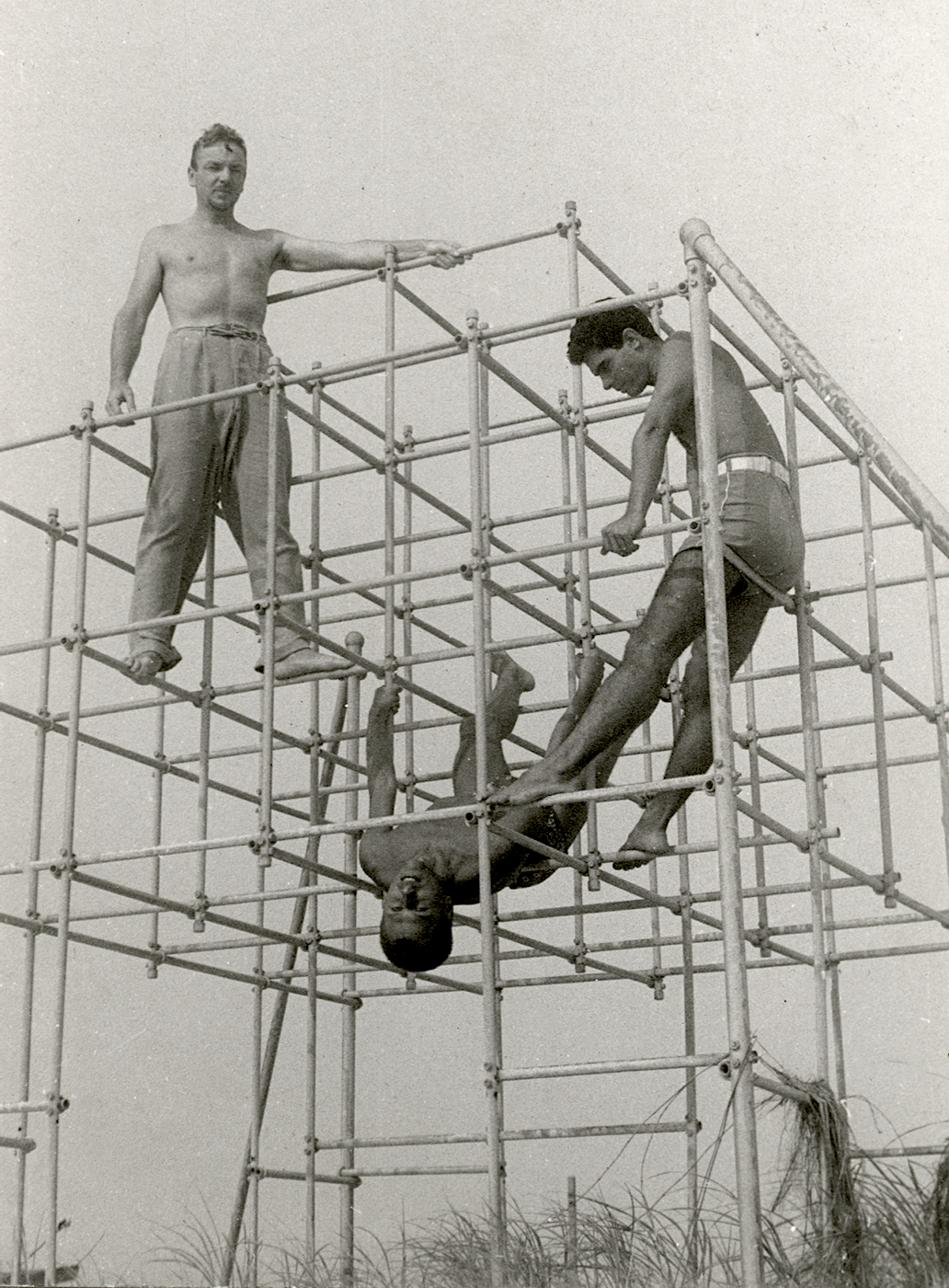
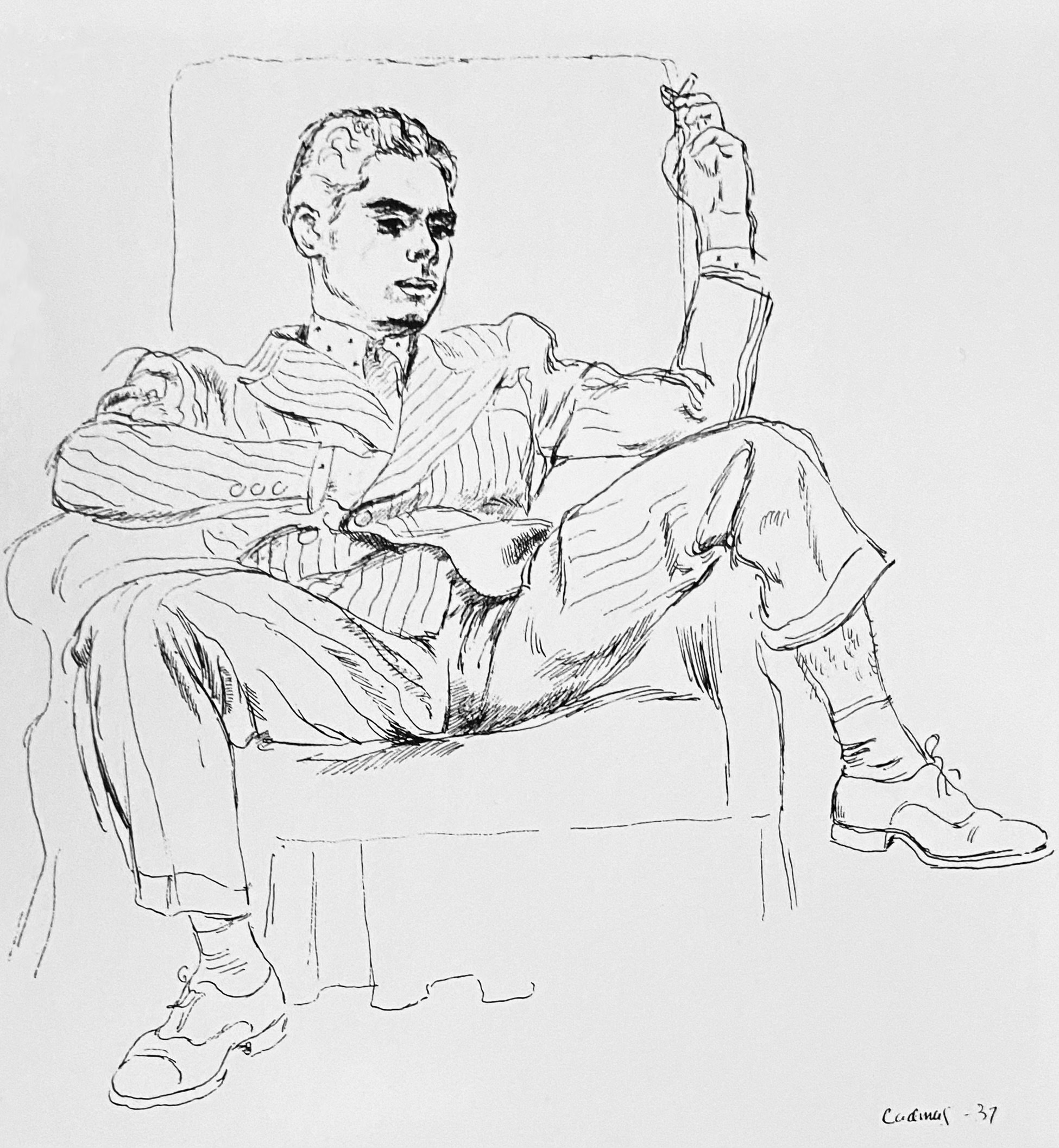
José Martinez photo by George Platt Lynes, 1937
José Martinez photo by William Caskey ca. 1946
PaJaMa photo of José Martinez ca. 1938-39
PaJaMa photo of José Martinez ca. 1938-39
Jared French, Paul Cadmus, José Martinez, PaJaMa 1939
José Martinez sketch by Paul Cadmus, 1937
Forrest Thayer
Forrest Thayer was a costume designer for Broadway as well as Lincoln Kirstein's American Ballet at the Metropolitan Opera. He was photographed cavorting on Fire Island with Jose Martinez & the PaJaMa collective in 1938, including the photo "After The Hurricane," which featured the men positioned on the beach in the wreckage of an automobile. This photo is tragically prophetic as Thayer would later perish in a 1951 single car accident in Southampton, LI. Some of his costume sketches are in the MOMA as part of the Lincoln Kirstein collection.
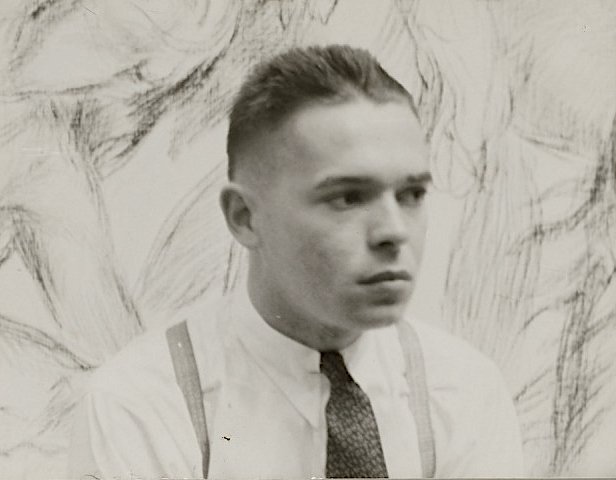
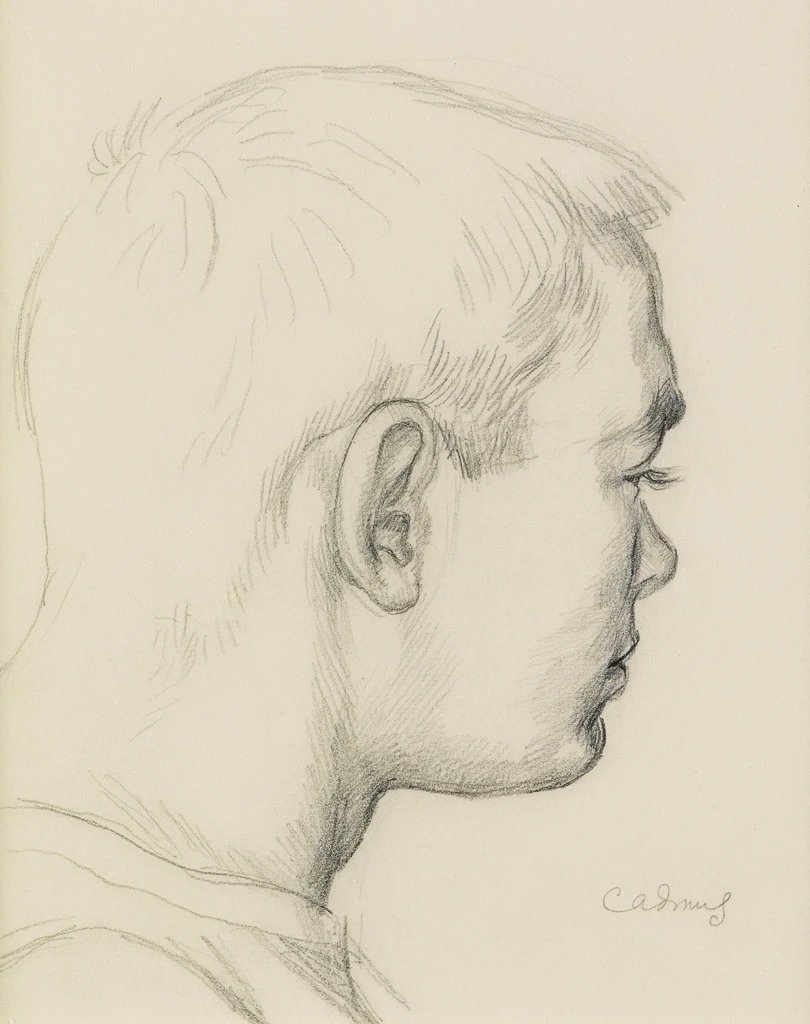

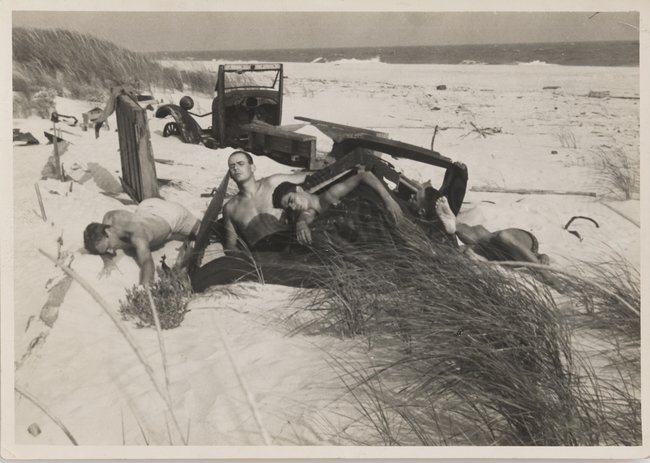
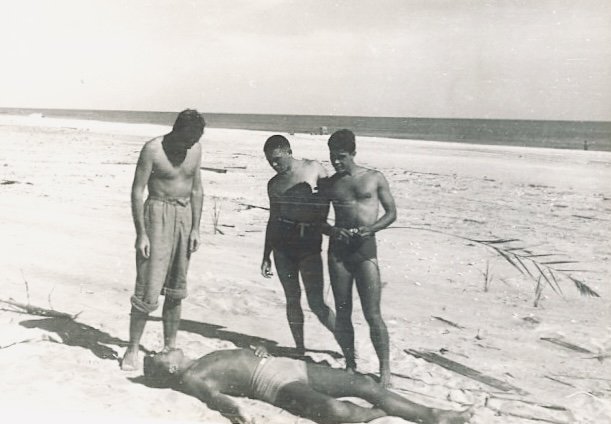
PaJaMa photo of Forrest Thayer, 1938
Forrest Thayer sketch by Paul Cadmus
PaJaMa photo of Forrest Thayer, 1938
“After The Hurricane” (l-r) Jared French, Lincoln Kirstein, José Martinez, Forrest Thayer, Paul Cadmus, PaJaMa 1938
Jared French, Forrest Thayer, José Martinez, Paul Cadmus, PaJaMa 1938
Donald Windham & Sandy Campbell
Young writer Donald Windham worked at Lincoln Kerstein's Dance Index magazine when he befriended The PaJaMa collective. He lived in the Cadmus/French studios while they spent time on Fire Island and would frequently visit as well. The lithe young man with the striking profile became the subject of many photos and sketches.
Paul Cadmus met Princeton freshman Sandy Campbell at a party in 1943. The young man asked him to do a pencil portrait for his mother, as he was about to be drafted. Cadmus was instantly smitten, drawing and painting the young man frequently during the following year. Campbell is the central figure of Cadmus's 1945 painting Reflection. Donald Windham was the original model for the figure laying on the floor, but before the painting was completed, Windham and Campbell fell in love. Cadmus was not happy with the turn of events, and Windham's likeness disappeared from the finished painting, with the figure's head turned slightly away.
Windham and Campbell remained a couple for the rest of their lives. They became residents of the Fire Island Pines, where Campbell died suddenly in 1988. Their combined estates funded the annual Windham-Campbell Literary Prizes, established at Yale University in 2012.
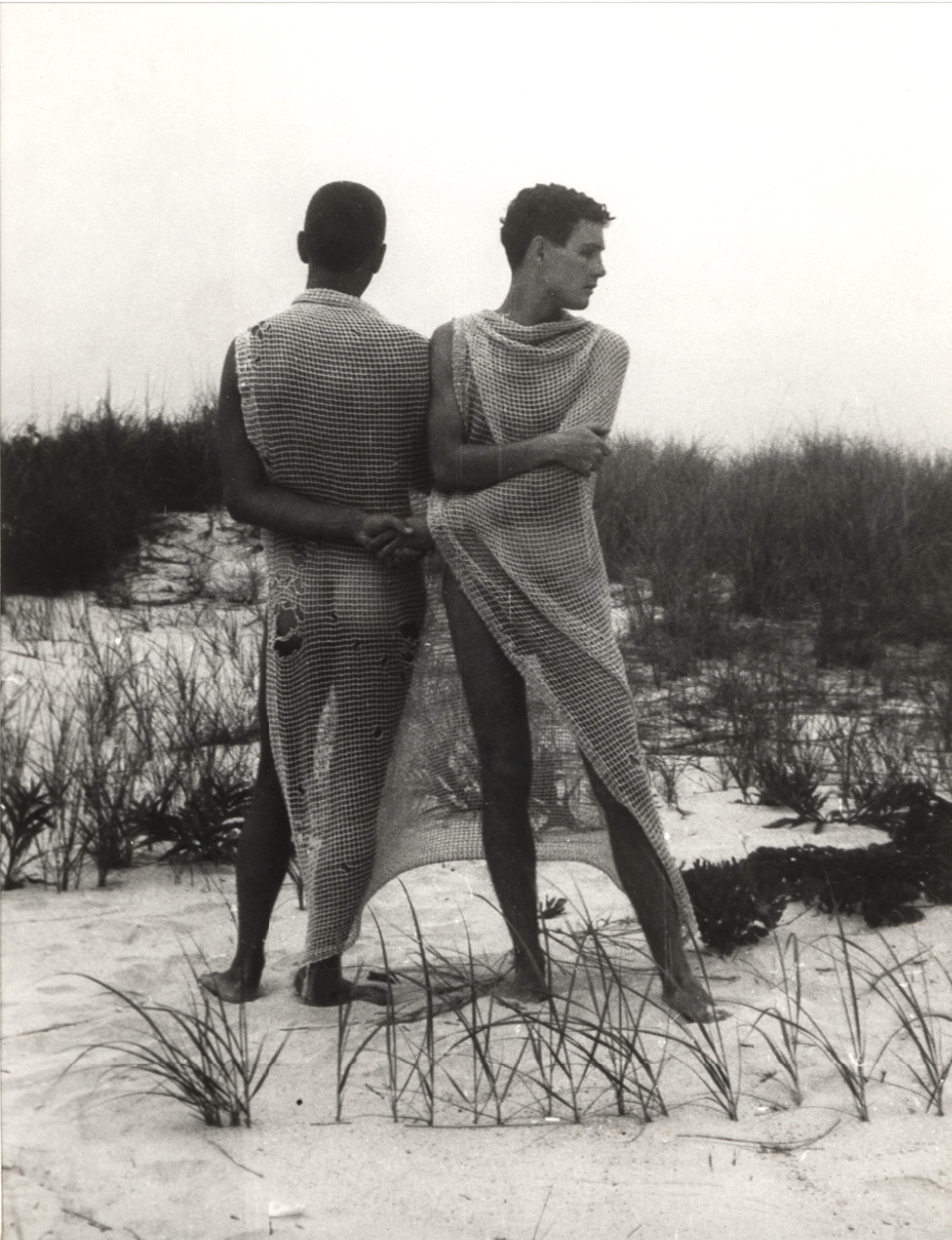
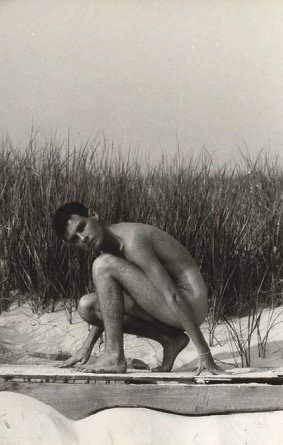

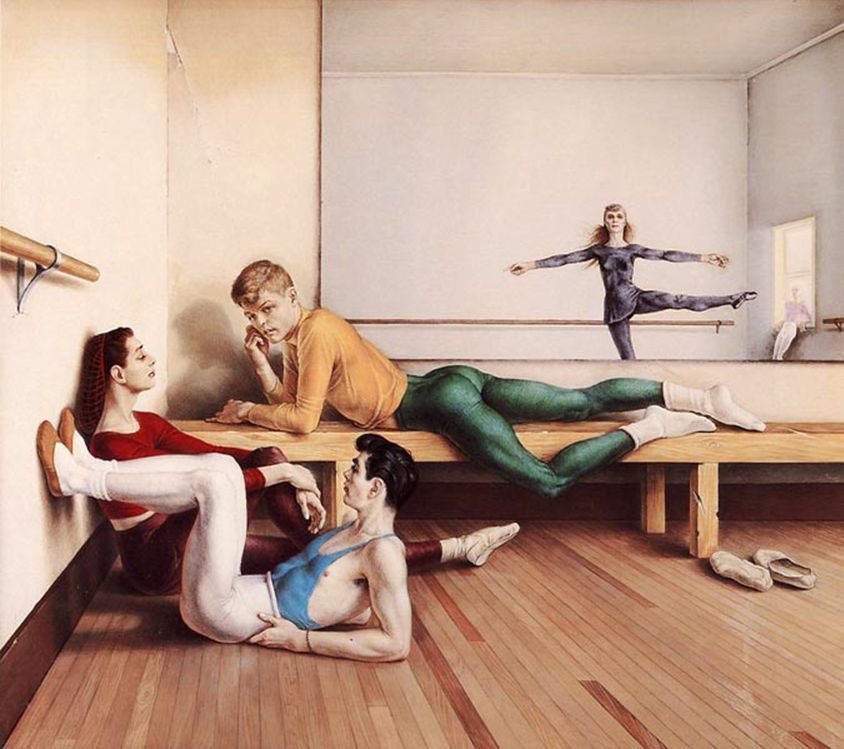
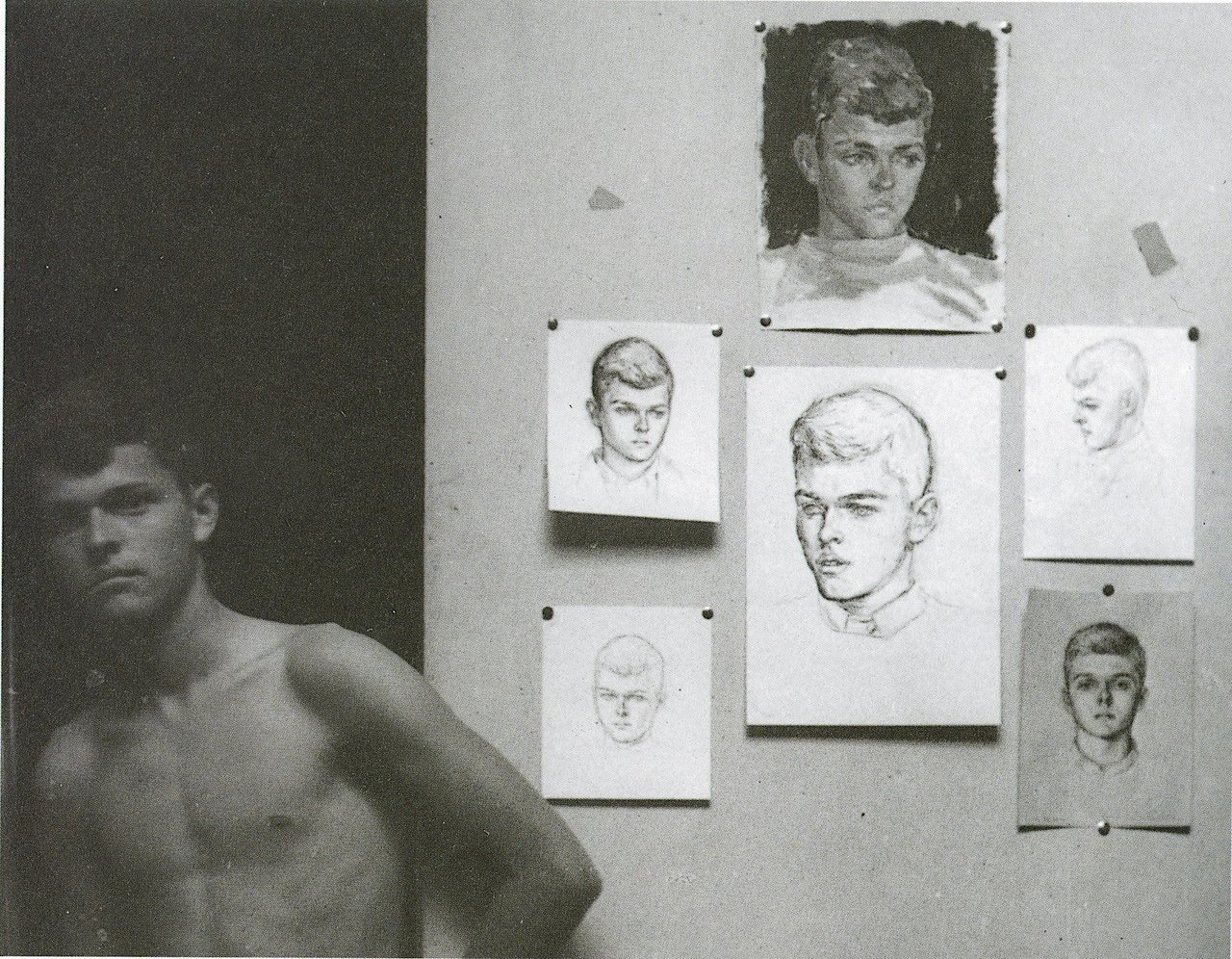

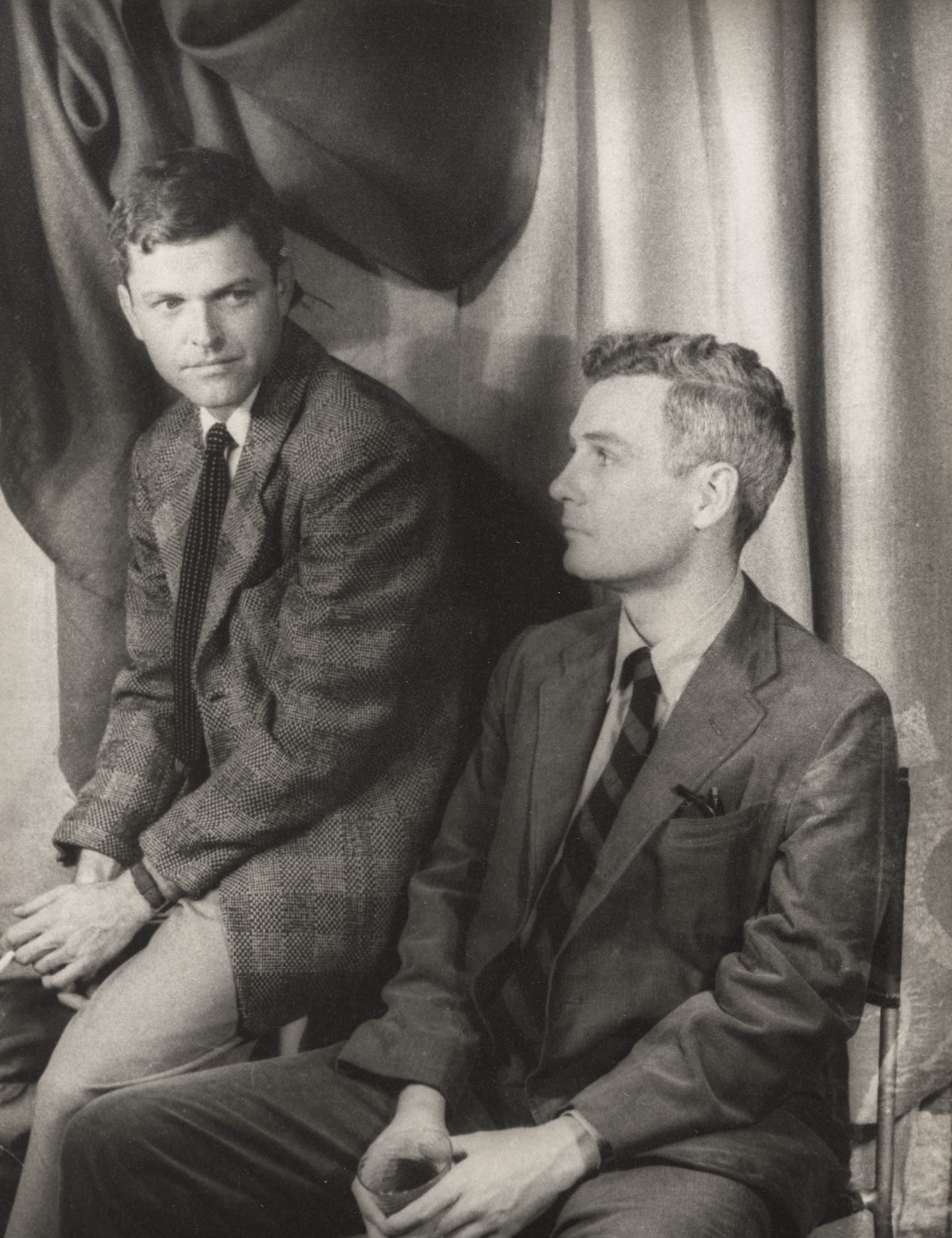
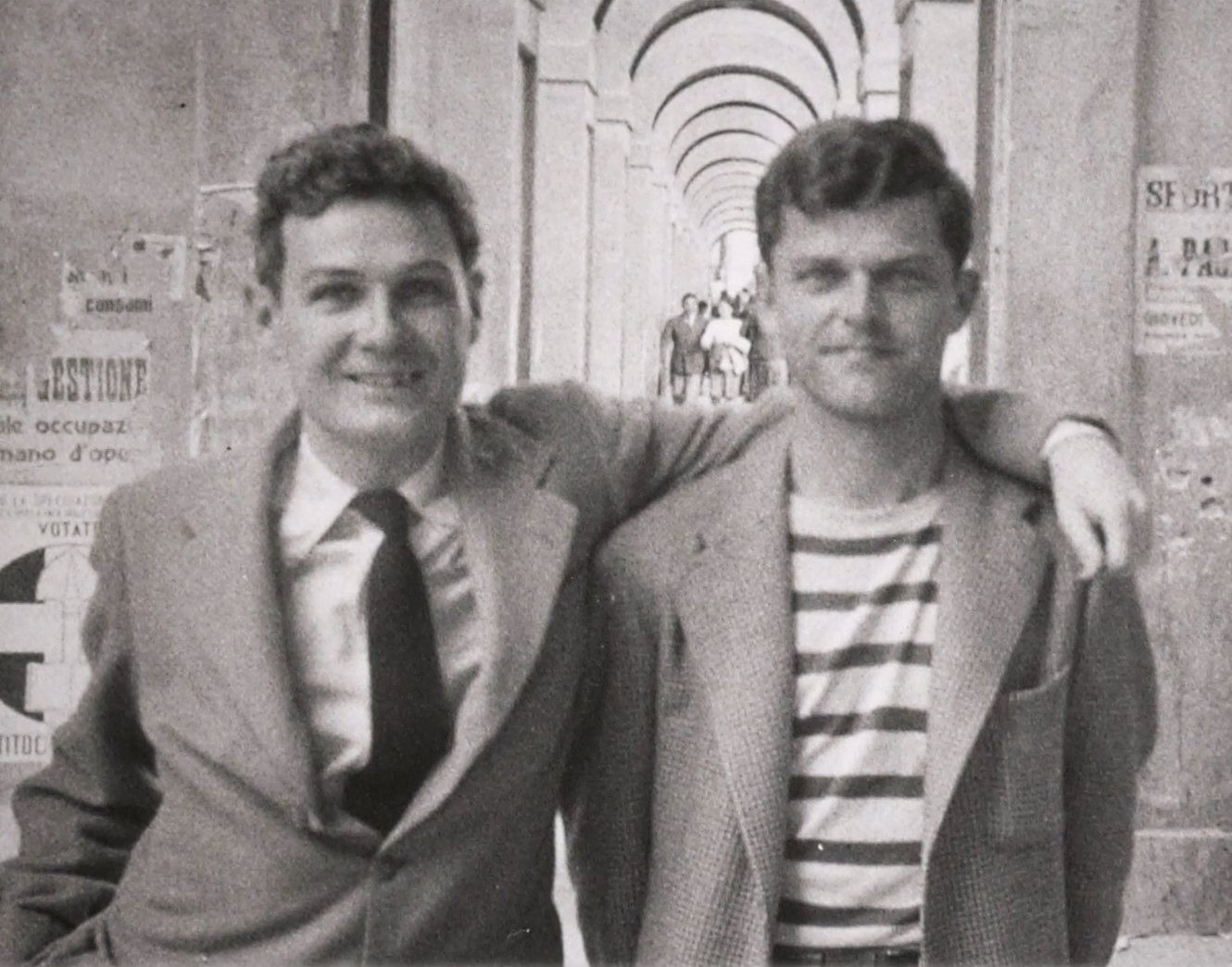
Paul Cadmus and Donald Windham, PaJaMa, ca 1940
PaJaMa photo of Donald Windham, ca 1940
Donald Windham sketch by Paul Cadmus, 1941
Reflection by Paul Cadmus, 1944
Sandy Campbell with sketches by Paul Cadmus, PaJaMa 1943
PaJaMa photo of Sandy Campbell, 1943
Undated photo of Donald Windham & Sandy Campbell
Undated photo of Donald Windham & Sandy Campbell
Jonathan Tichenor
Jonathan Tichenor was the younger brother of George Tichenor, George Platt Lynes's photo assistant who was killed during World War II. Lynes turned his attention toward Jonathan and left his throuple with Glenway Wescott and Monroe Wheeler for the exclusivity of their relationship. While they were together, Tichenor was the subject of many photos by Lynes and the PaJaMa collective, as well as the Paul Cadmus painting Survivor (1944). The relationship imploded in 1945 when Tichenor ran off to become the second husband of socialite/artist Bridget Bate, another ancillary member of the group.
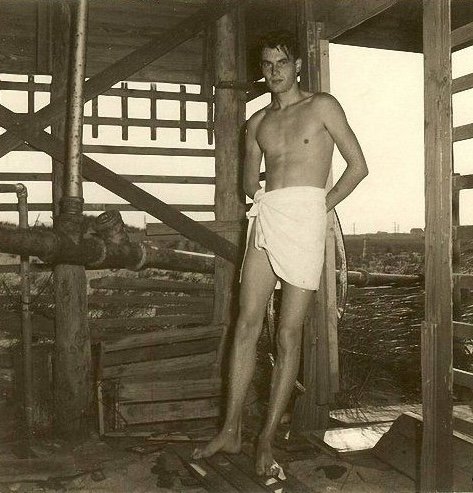

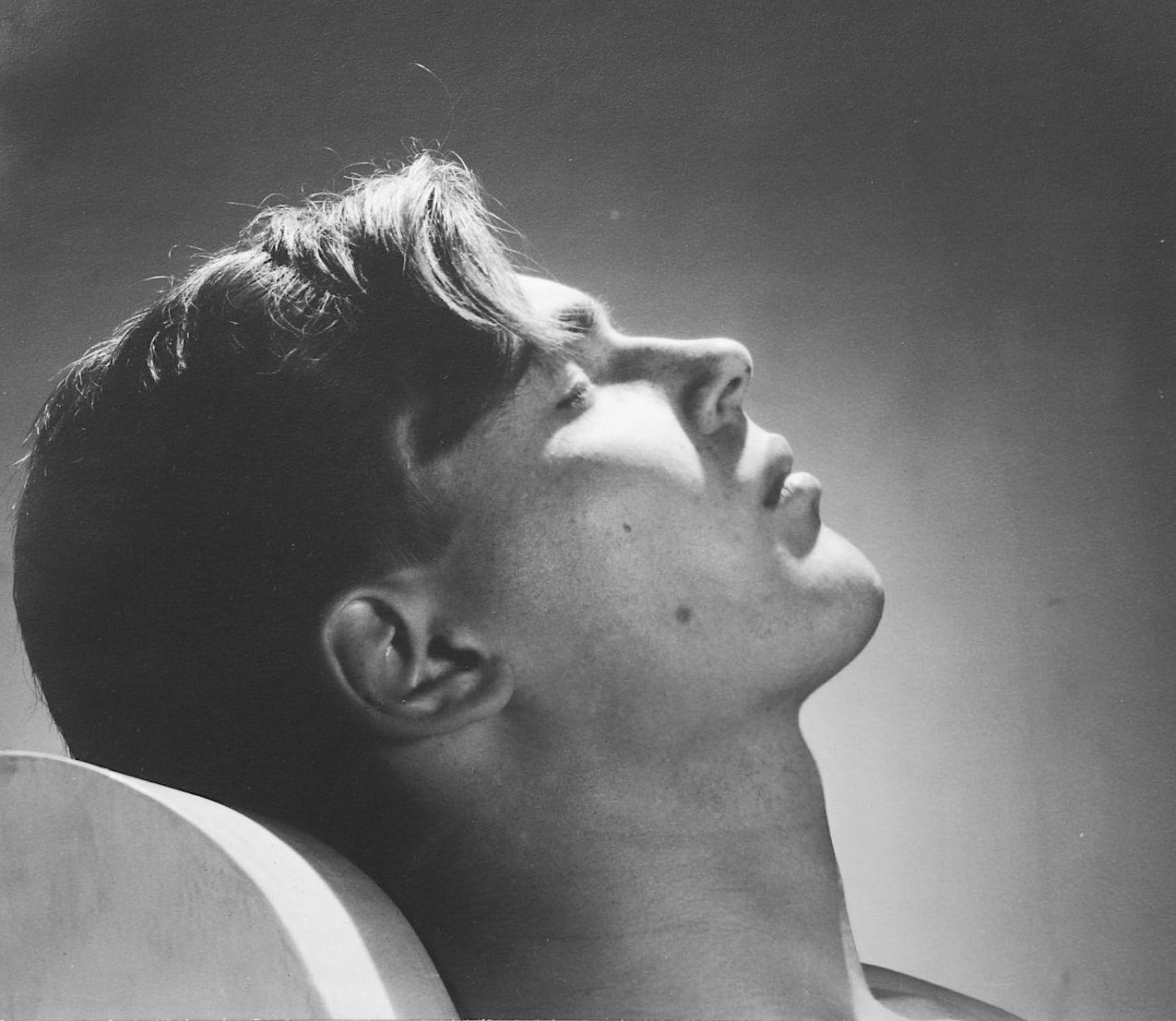
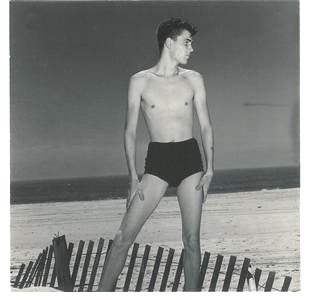
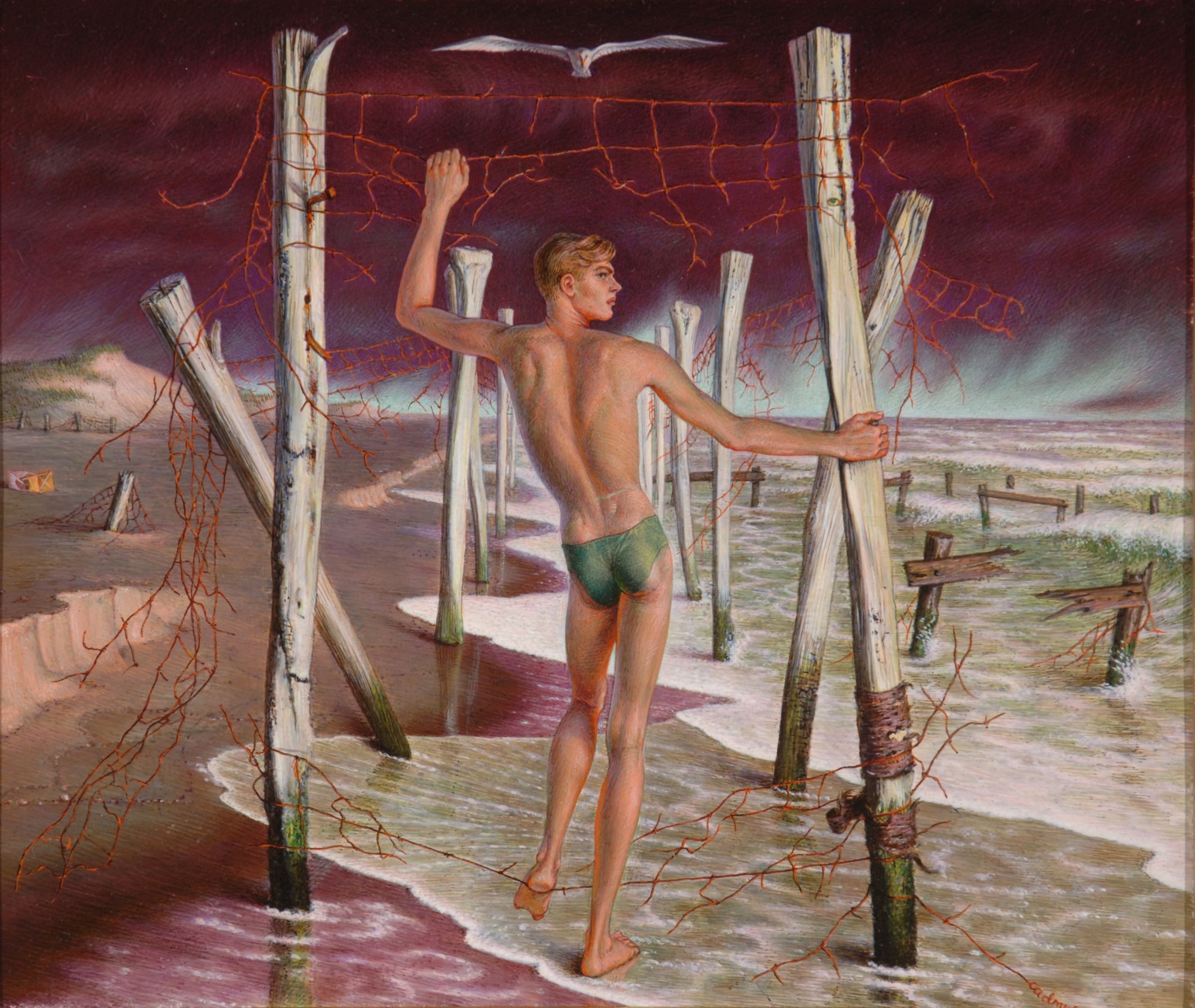
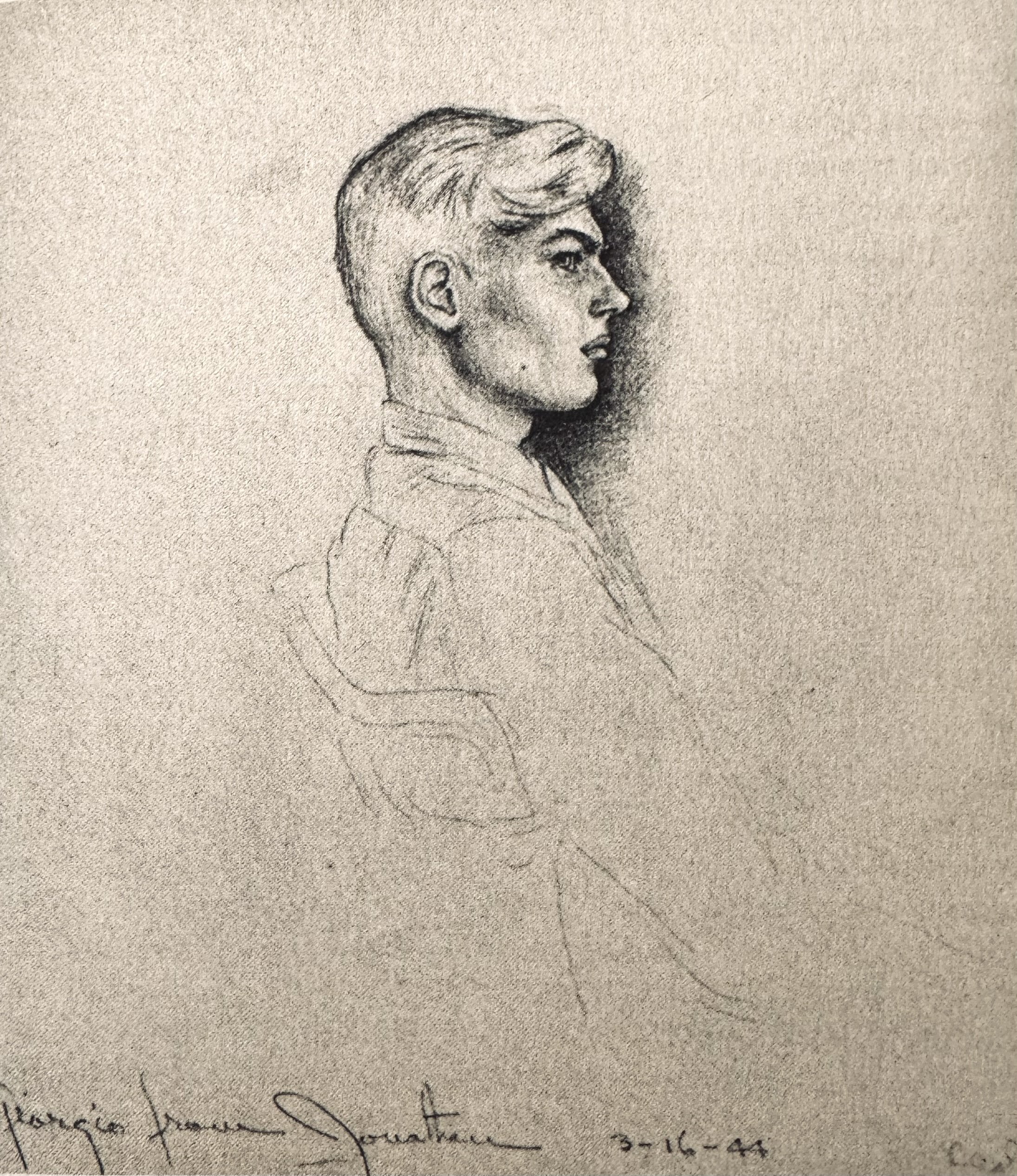
First four photos all Jonathan Tichenor by George Platt Lynes, 1944
Last two: Survivor by Paul Cadmus, 1944; Portrait of Jonathan Tichenor by Paul Cadmus, 1944.
Randy Jack
In August of 1947, while George Platt Lynes was living in Los Angeles, he rented a room in his home to Randy Jack and his boyfriend. The boyfriend soon left but Jack stayed, eventually moving into Lynes' bedroom. The following year, the pair moved back to New York City, where Jack studied dance while also serving as an artist's model for Lynes, Bernard Perlin and others in their circle of friends. When he began to achieve success as a fashion model, Jack left Lynes to live on his own. Lynes wrote in a letter to his friend Katherine Anne Porter; ".... I wonder what New York has done to him, or what I have done."
Randy Jack would eventually become an interior designer and then a successful restaurateur in Bahrain. Click here for more of his story: http://brianferrarinyc.com/2022/02/01/artists-muse-randy-jack/
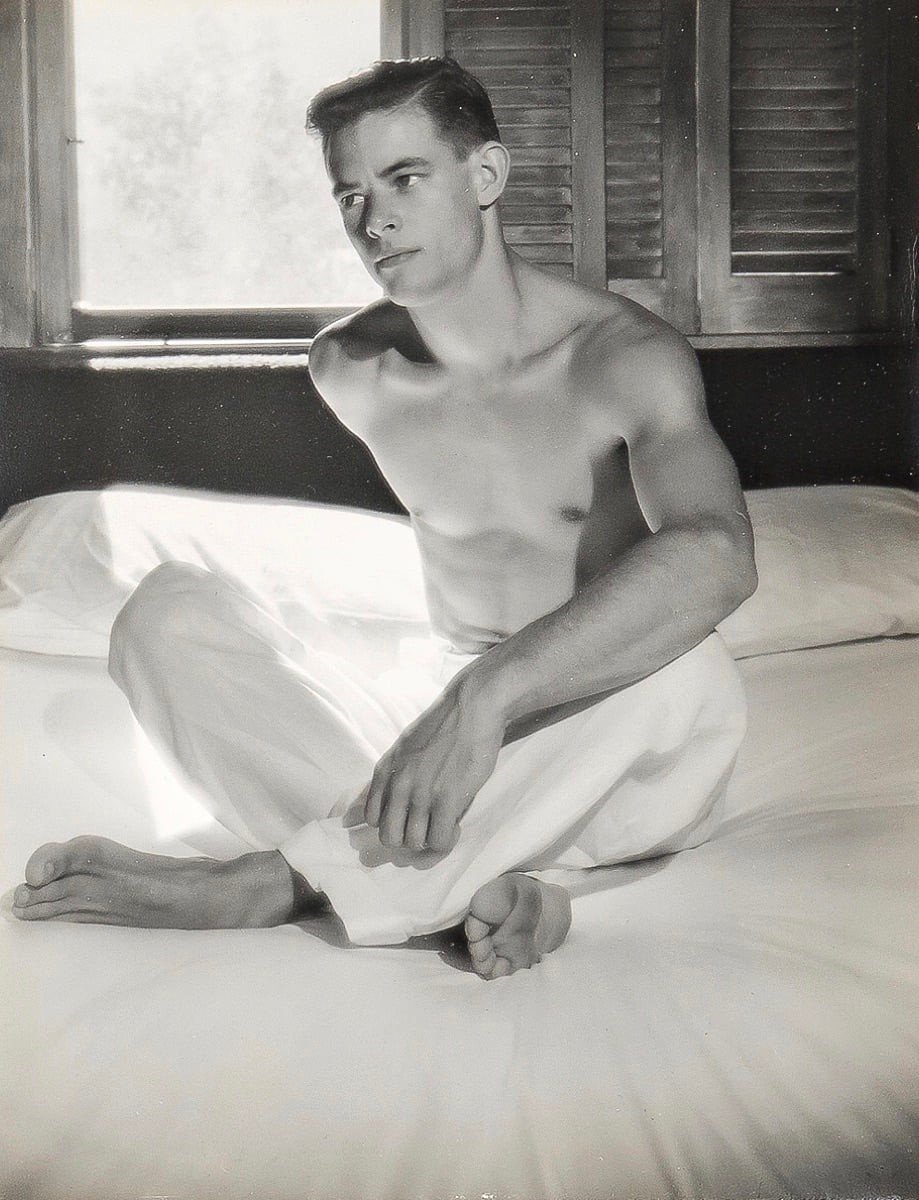
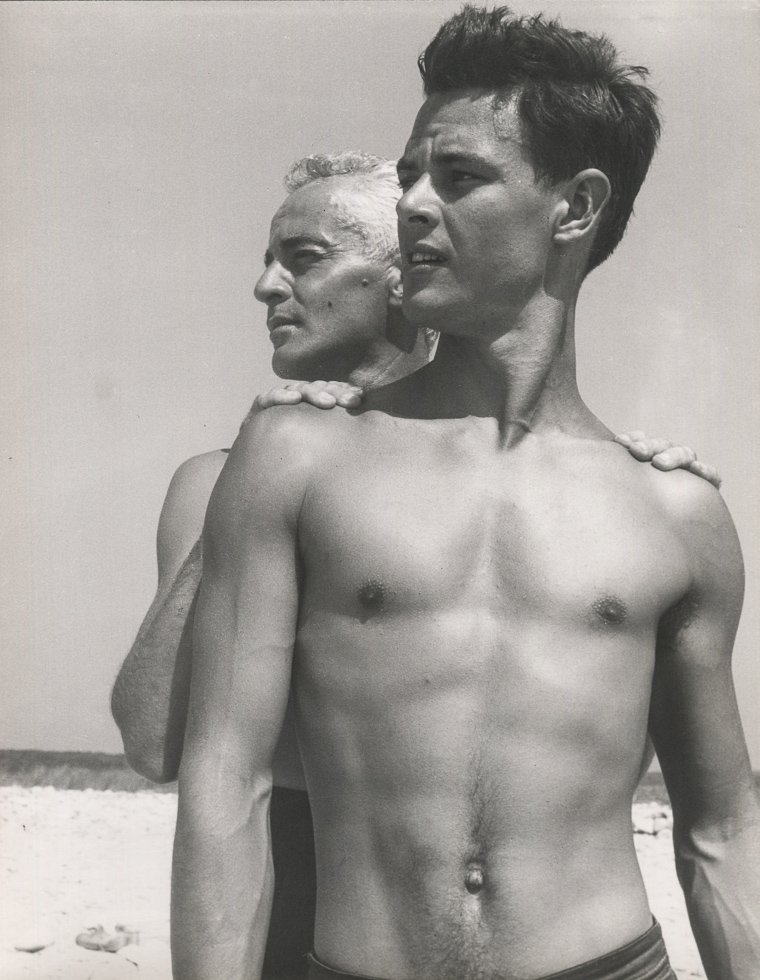
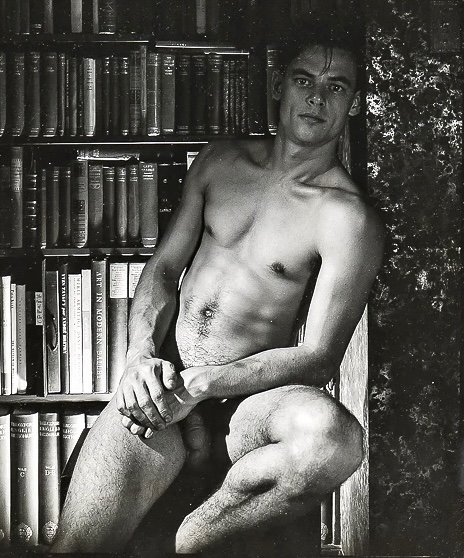
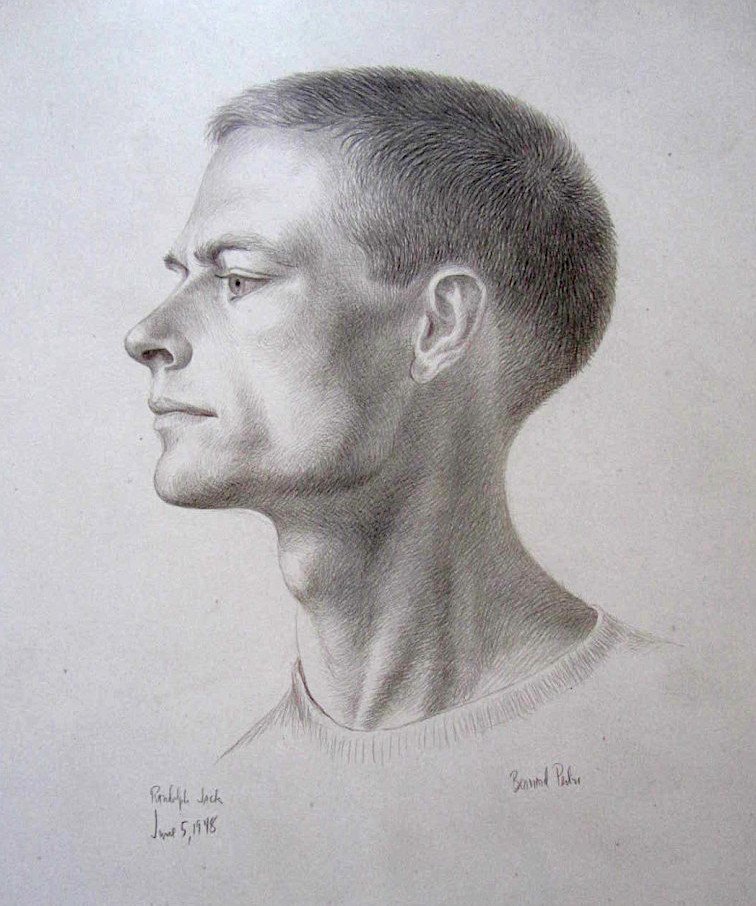
Randy Jack by George Platt Lynes, 1947
George Platt Lynes and Randy Jack, 1948
Randy Jack by George Platt Lynes, 1947
Randy Jack portrait by Bernard Perlin, 1948
Ted Starkowski
In the words of writer David Leddick; "Ted Starkowski worked the streets. Hustling by night, he regaled Bernard Perlin and George Platt Lynes with his adventures while he posed for them during the day. They created unique images with his cat-like face and lithe body." Most collections of Lynes' male nude photographs feature Starkowski, who was also a favorite model of Paul Cadmus and Jared French.
Click here for more on Ted Starkowski and his tragic end:
http://brianferrarinyc.com/2021/01/11/ted-starkowski-artists-muse/
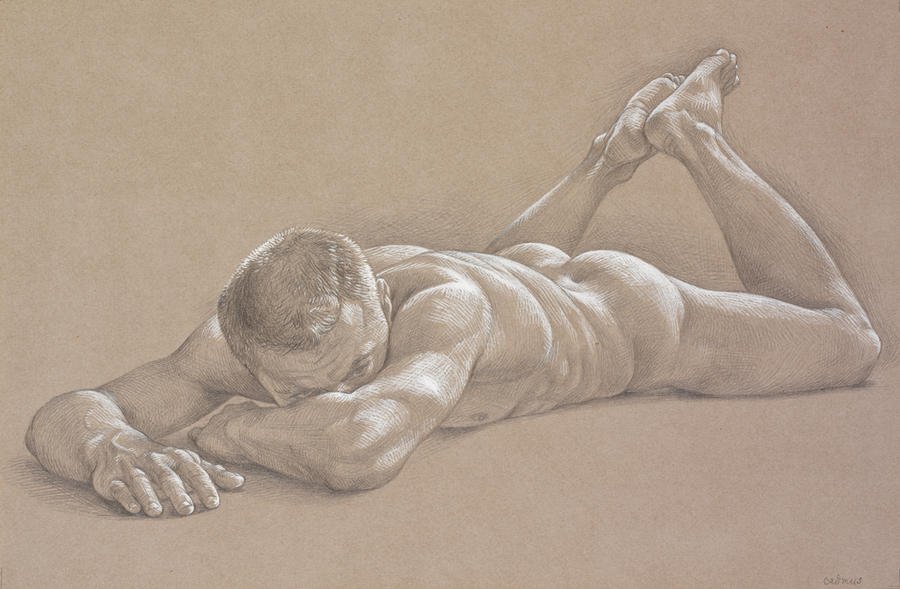
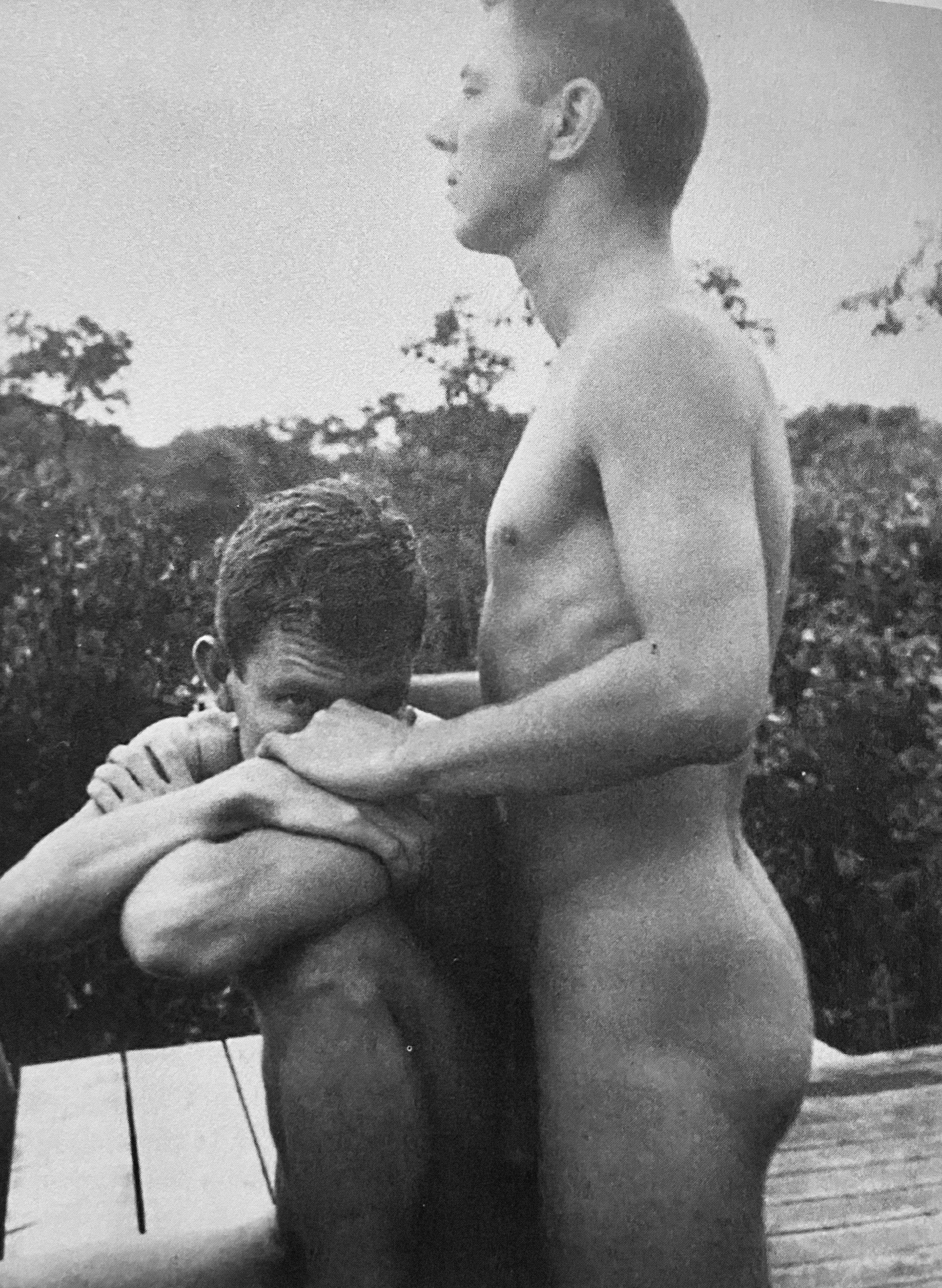
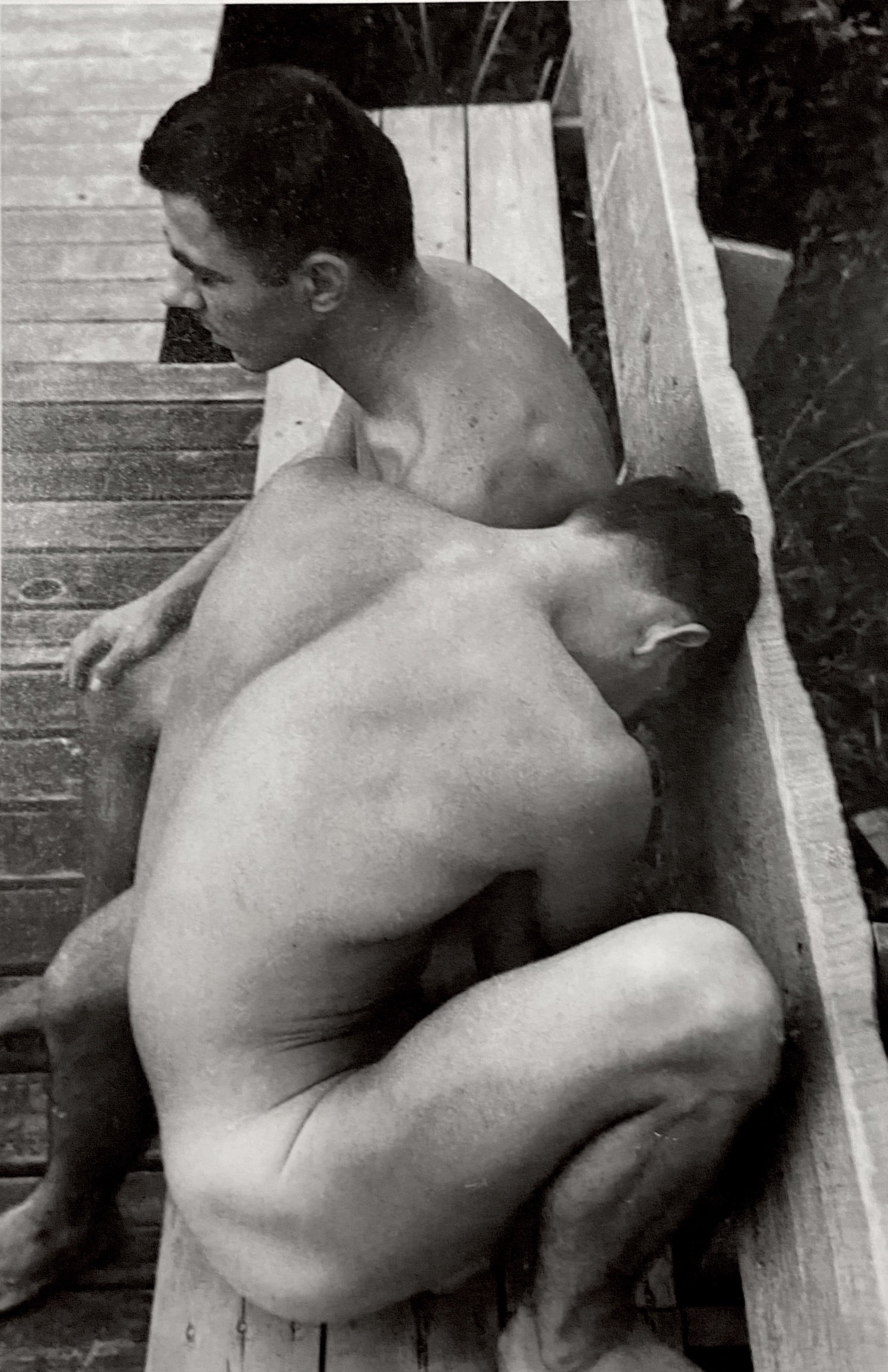
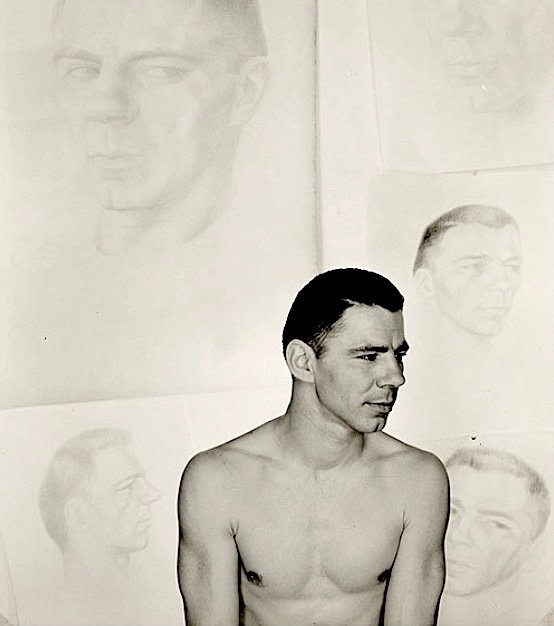
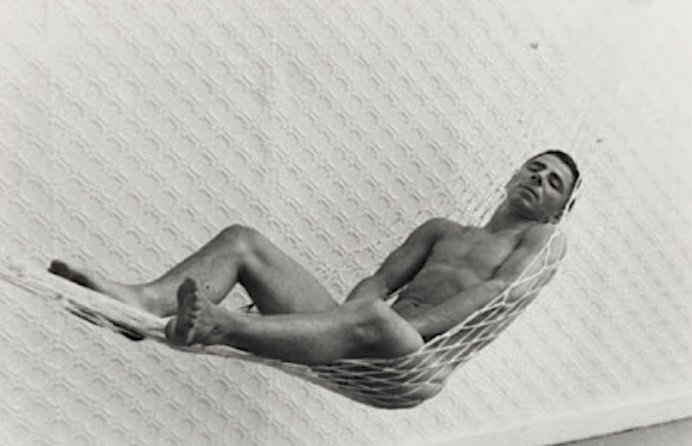
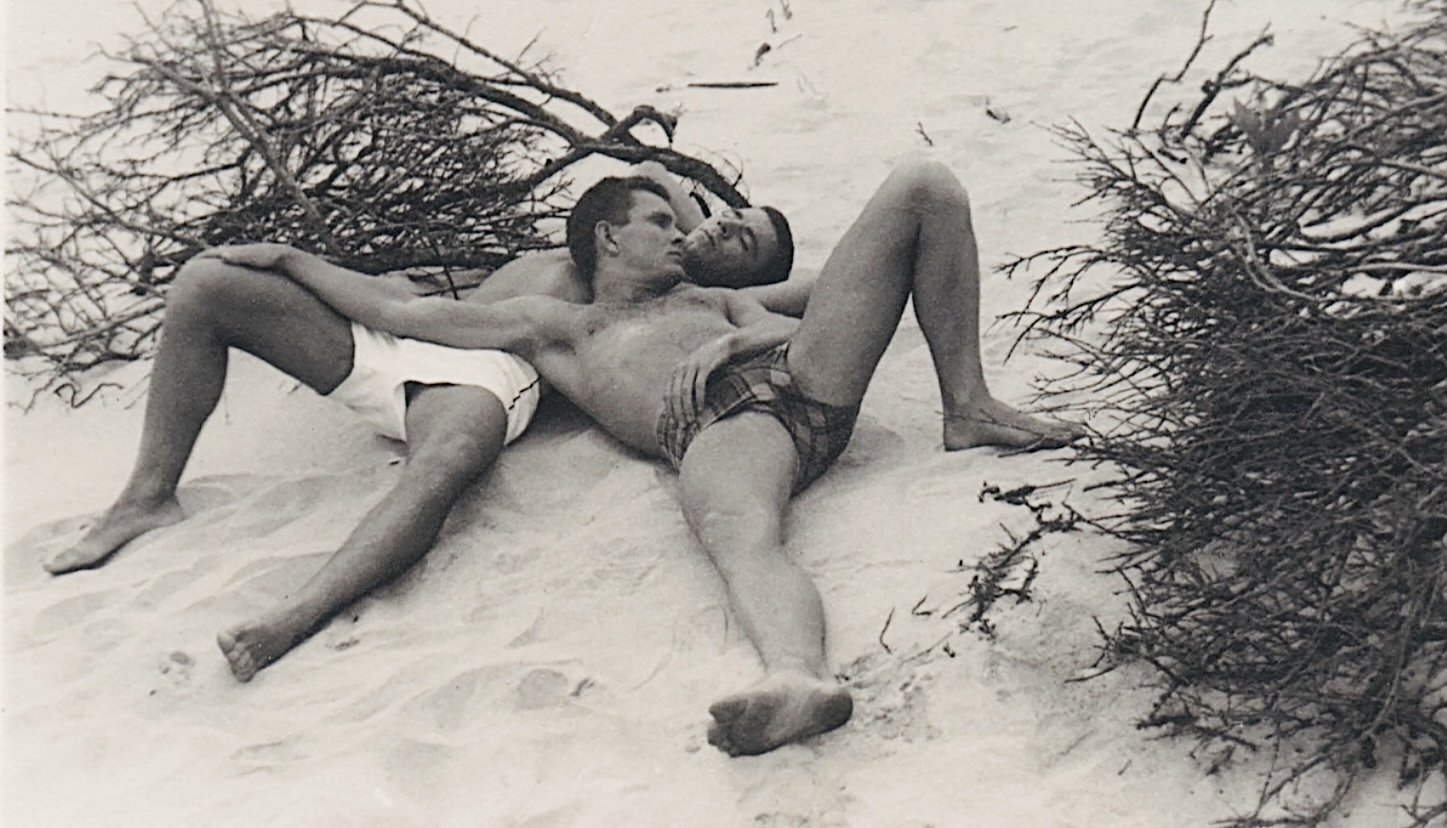
Ted Starkowski drawing by Paul Cadmus, 1954
Chuck Howard and Ted Starkowski, PaJaMa, 1951
Chuck Howard and Ted Starkowski, PaJaMa, 1951
Ted Starkowski with Bernard Perlin sketches, George Platt Lynes, 1954
Ted Starkowski, PaJaMa, 1951
Chuck Howard and Ted Starkowski, PaJaMa, 1951
Chuck Howard
Ex-military man Chuck Howard moved in with George Platt Lynes 10 days after the departure of Randy Jack in the Fall of 1948 "...almost without being invited.." Lynes wrote at the time. Howard had previously been involved with artist Bernard Perlin, who left for a residency in Italy. The Howard/Lynes relationship lasted for over 2 years, with Howard becoming a popular subject in the work of many artists in the circle of friends. After their split, Howard then had what author David Leddick calls "a tempestuous affair" with Ted Starkowski. The pair were featured in a series of PaJaMa photos taken in the Pines during the summer of 1951.
This was only one chapter in Chuck Howard's life, as he became an award-winning fashion designer before opening an eponymous cafe on Restaurant Row in 1980.
Read more here: http://brianferrarinyc.com/2022/09/10/artists-muse-chuck-howard/
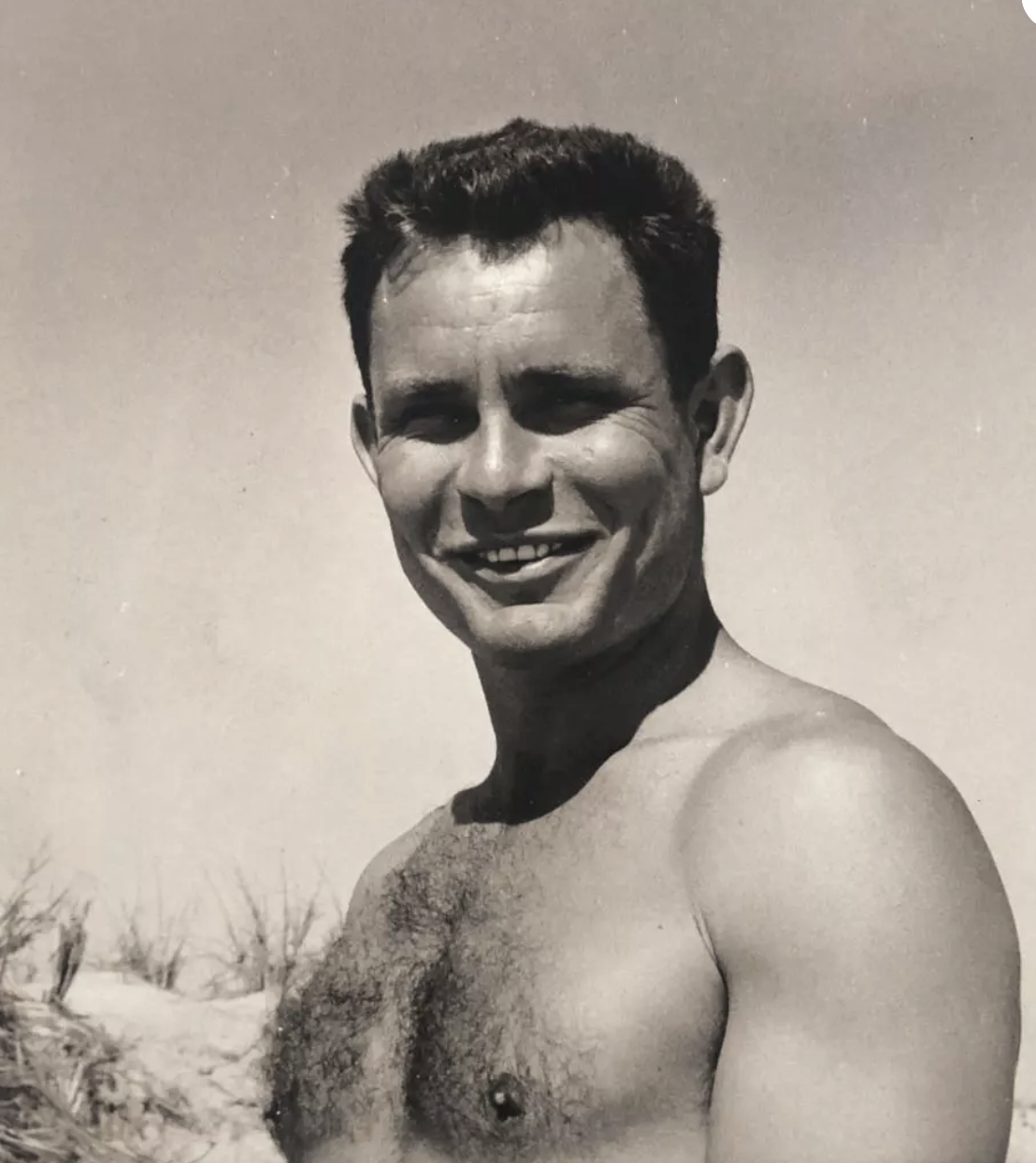
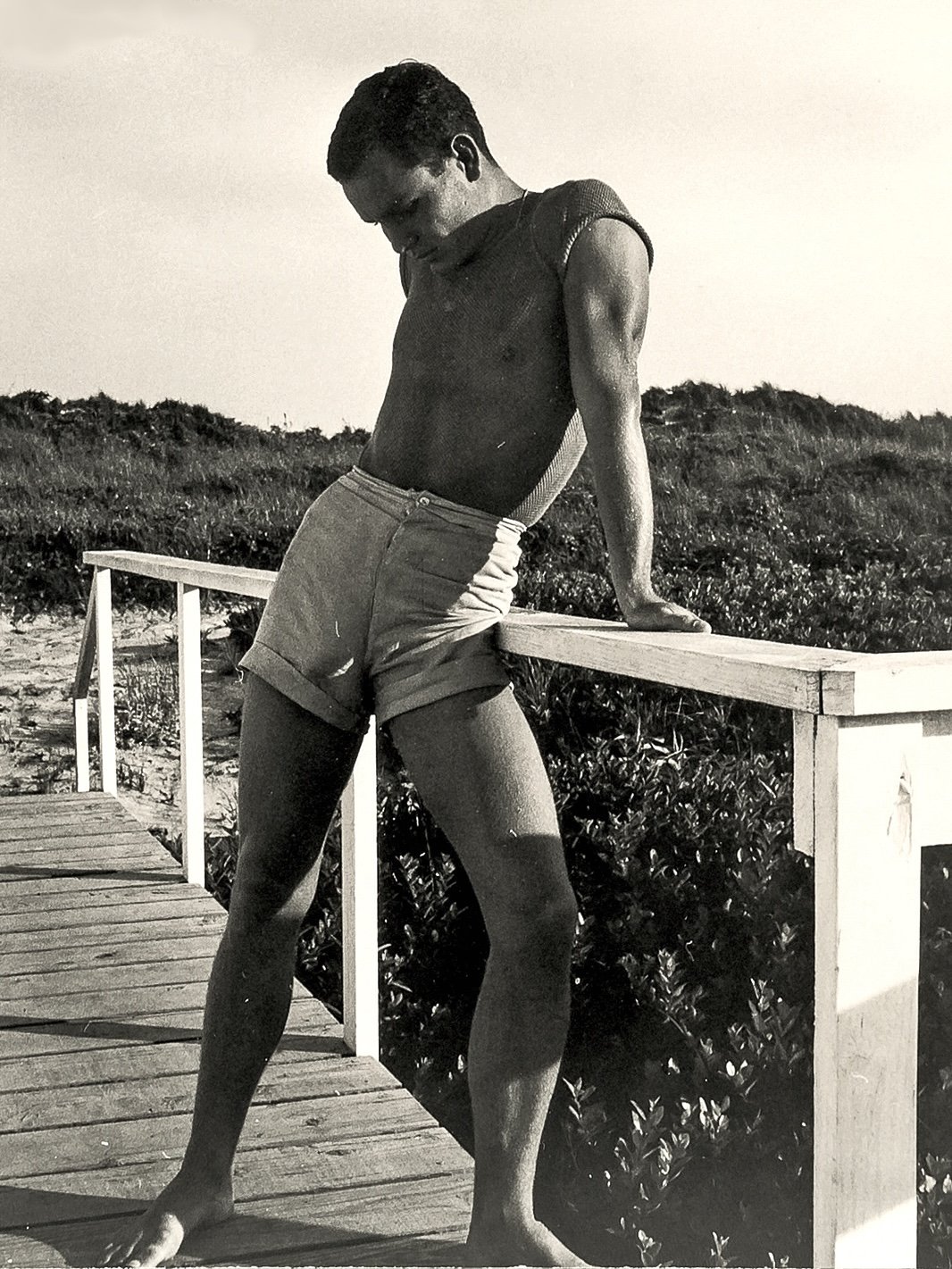
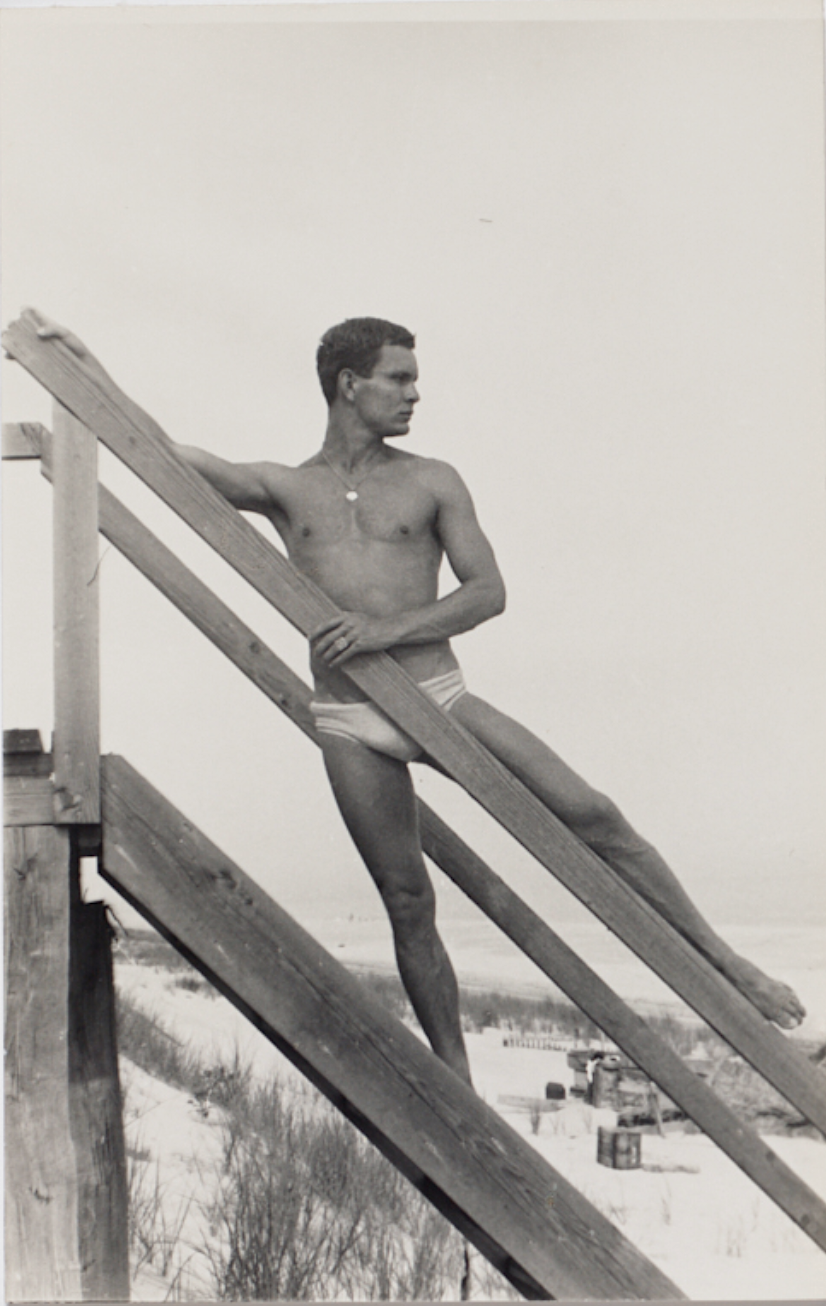




Chuck Howard, ca 1950
Chuck Howard by George Platt Lynes, ca 1950
Chuck Howard, PaJaMa ca 1954
Chuck Howard by George Platt Lynes, ca 1950
Chuck Howard and George Platt Lynes, ca 1950
Chuck Howard, PaJaMa ca 1954
Chuck Howard by George Platt Lynes, ca 1950
Jensen Yow & Jack Fontan
Jensen Yow and Jack Fontan met as art students at NYU. Separately, they became subjects of many George Platt Lynes photos. Their Fire Island PaJaMa photos (along with Bill Harris) are some of the most evocative credited to the collective. Yow later recalled that they were staying at Lincoln Kirstein's house in the Pines with Paul Cadmus at the time. It was Cadmus who took the photos - the Frenches were not present.
Yow & Fontan also served as models for Cadmus's painting The Bath (1951). Yow later said "Jack and I had been living together, but we broke up. And he got irritated with Paul for putting me in the picture. He thought his lover, Ray Unger, should be in it instead of me, but Paul didn't change it." Fontan & Unger would remain a couple for 53 years. Yow remained a lifelong confidant to Lincoln Kirstein and died at age 95 in 2022.
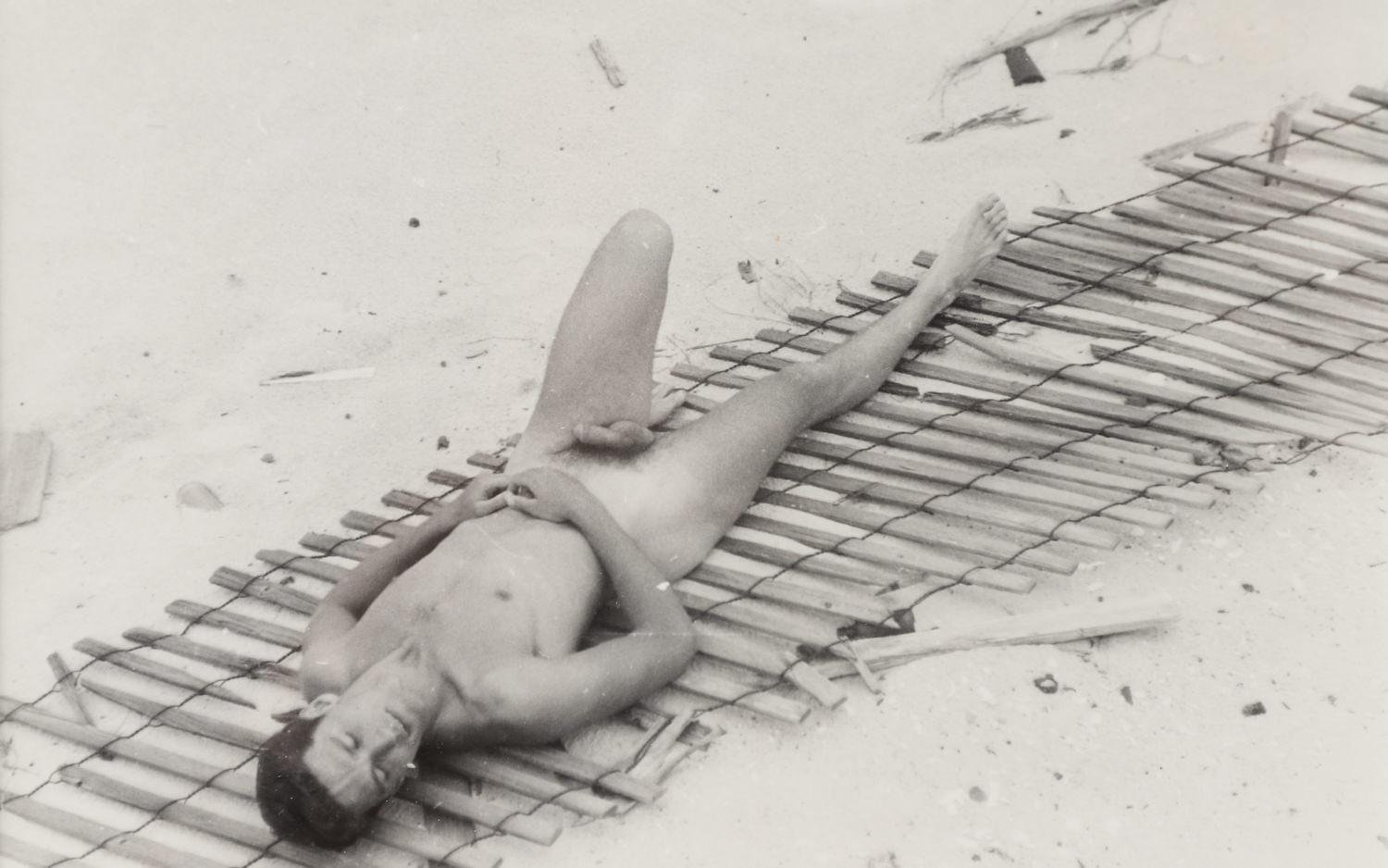

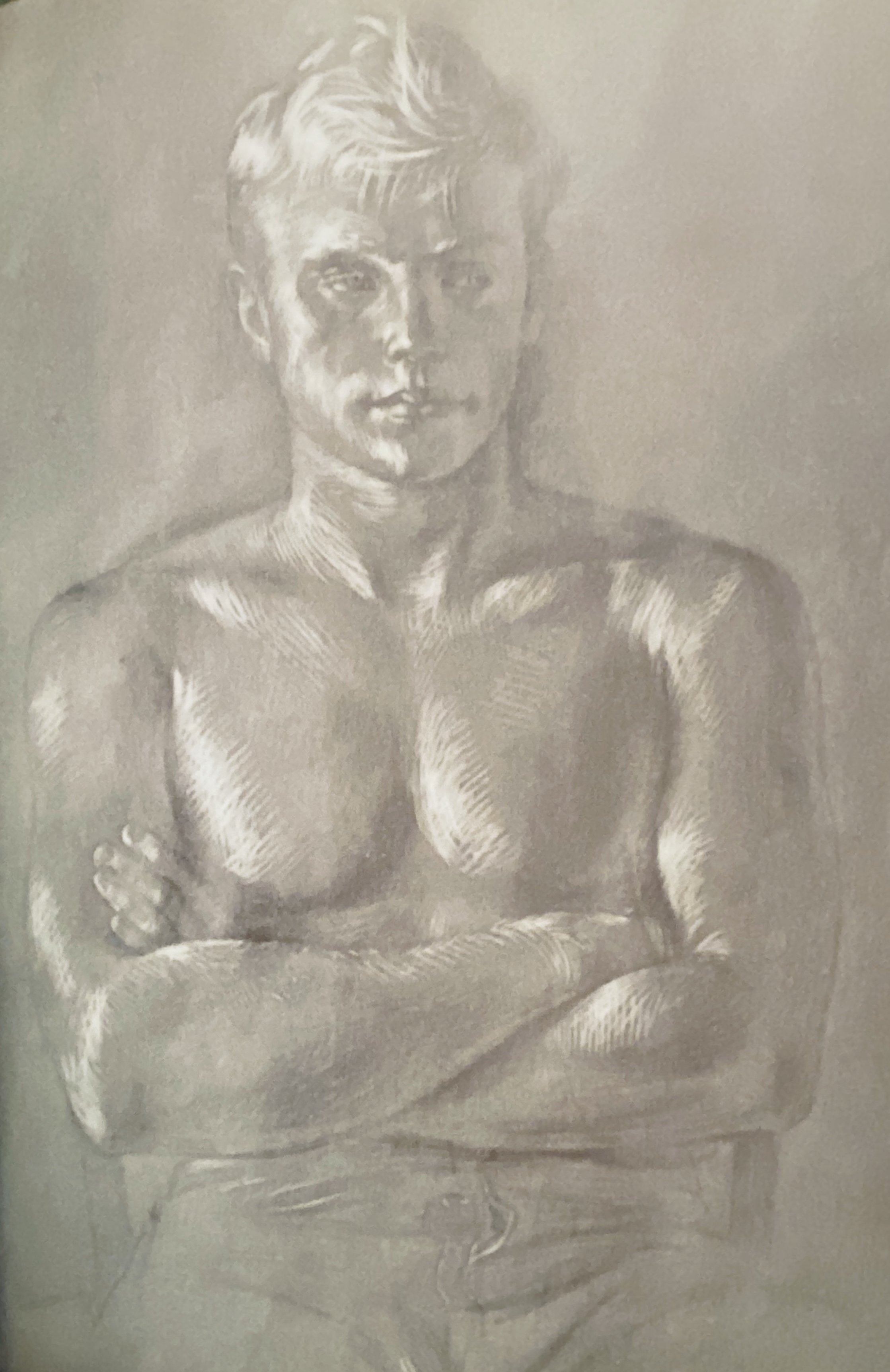
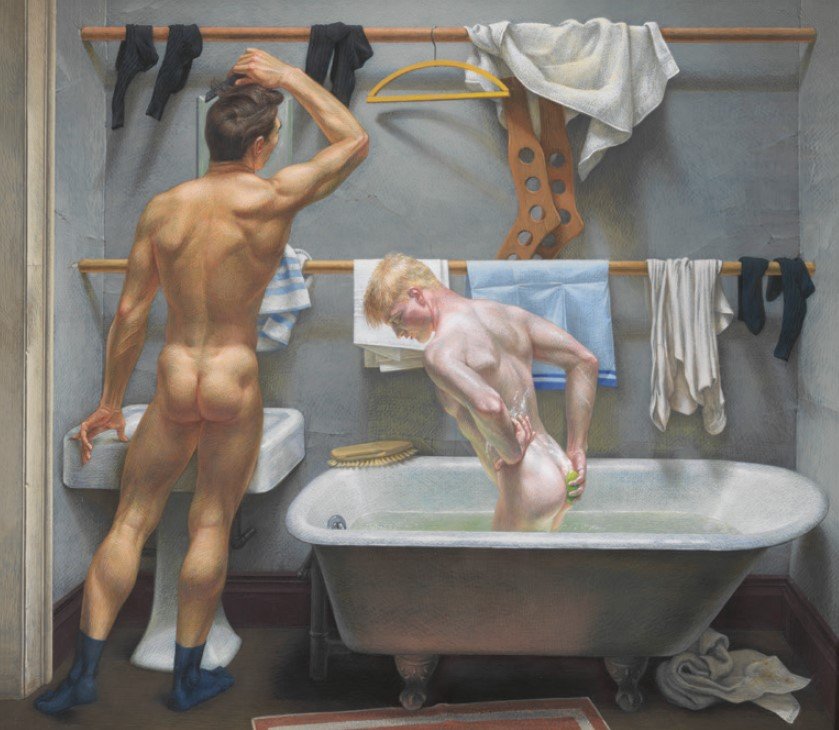
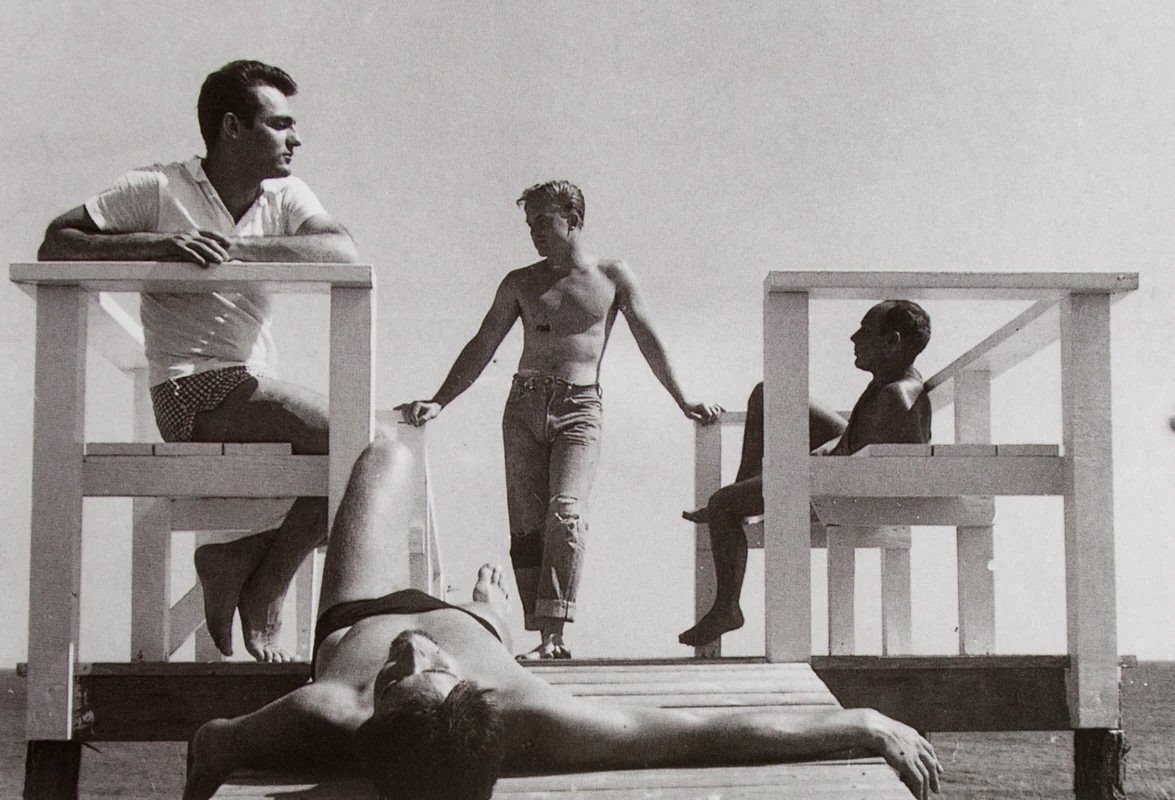
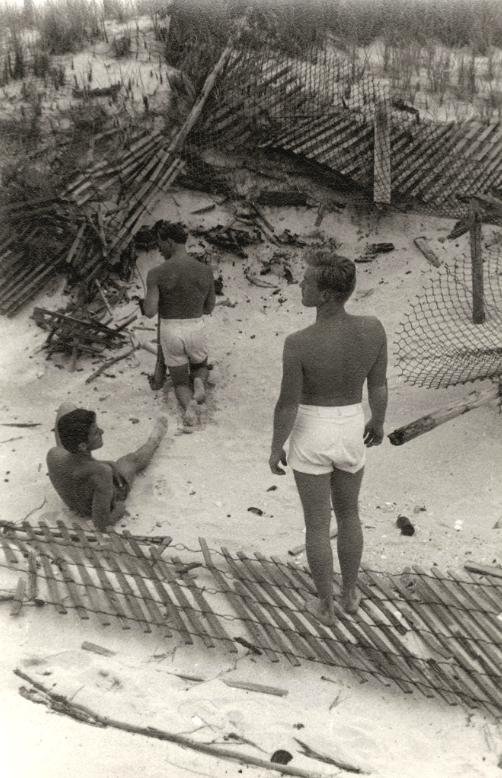
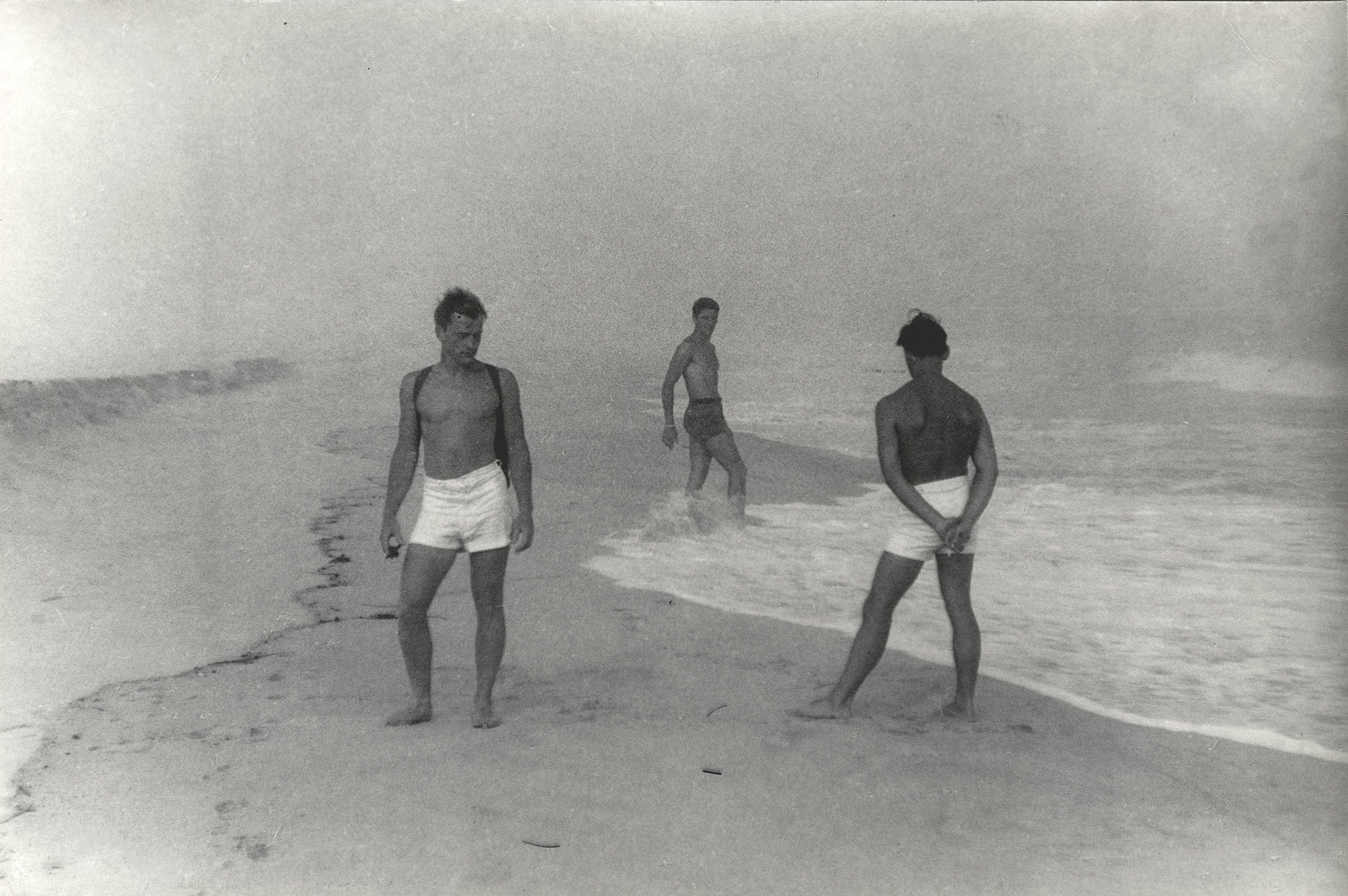
Jack Fontan, PaJaMa, ca 1950
Jensen Yow and Jack Fontan, PaJaMa ca 1950
Jensen Yow drawing by Paul Cadmus, 1953
The Bath by Paul Cadmus, 1951
Joe Santoro, Peter Buckley, Jensen Yow, Fred Melton, PaJaMa, 1954
Jack Fontan, Bill Harris, Jensen Yow, PaJaMa ca 1950
Jensen Yow, Bill Harris, Jack Fontan, PaJaMa ca 1950
This post is a collaboration with Brian Ferrari. See more of his excellent blog here.
